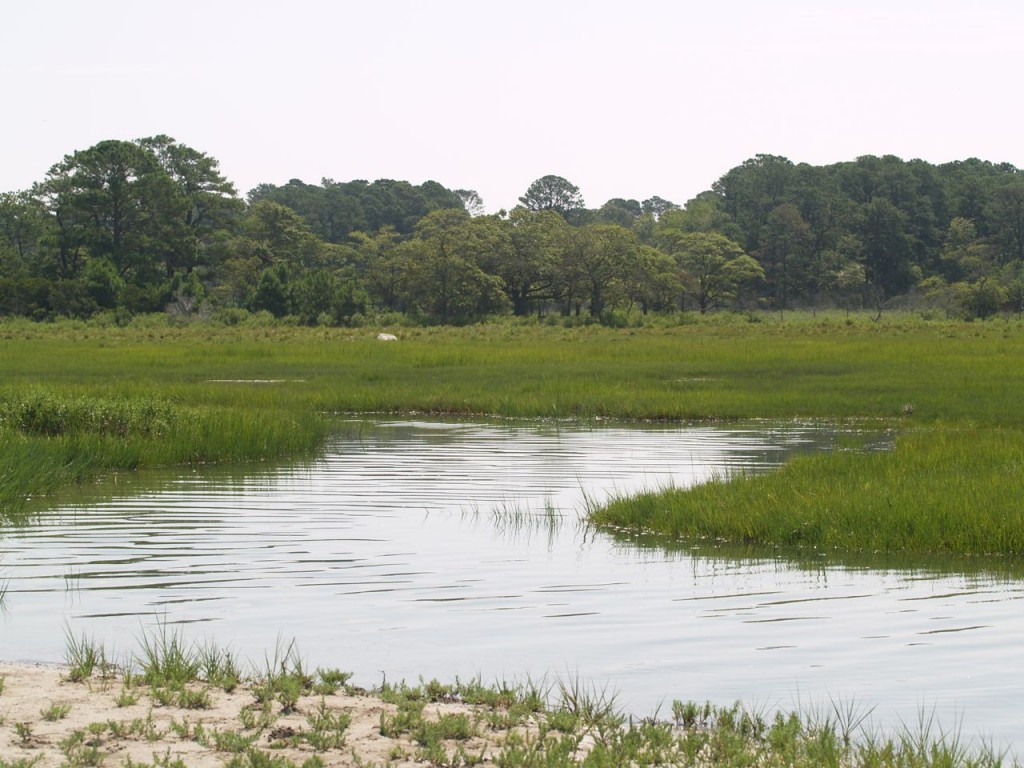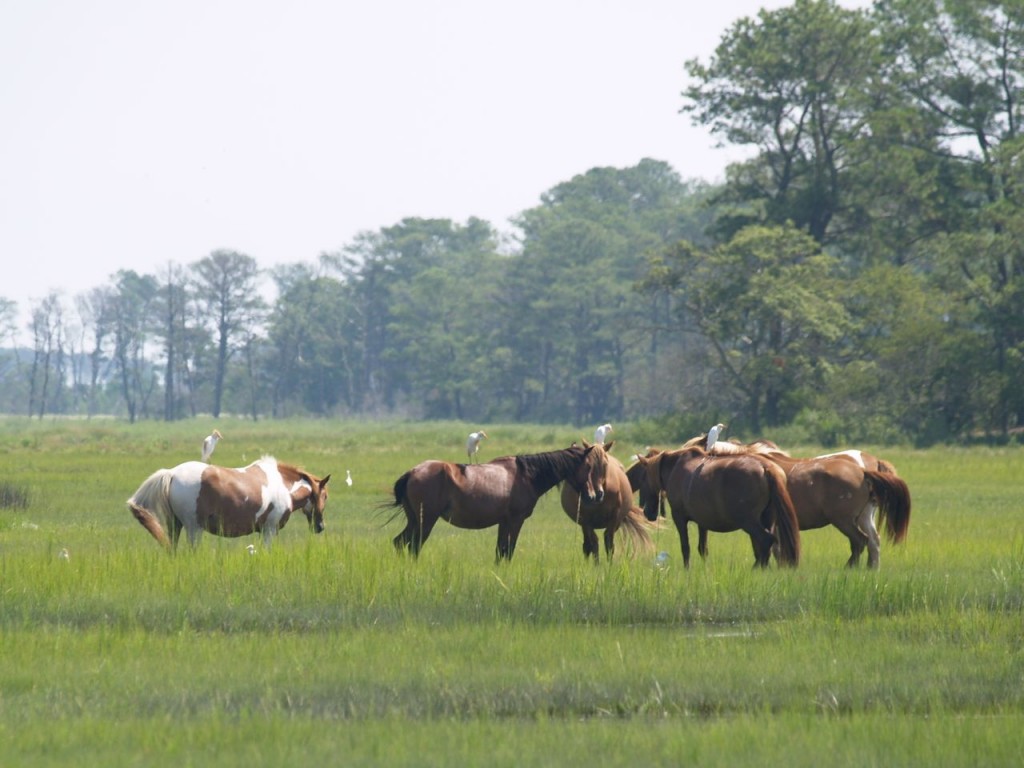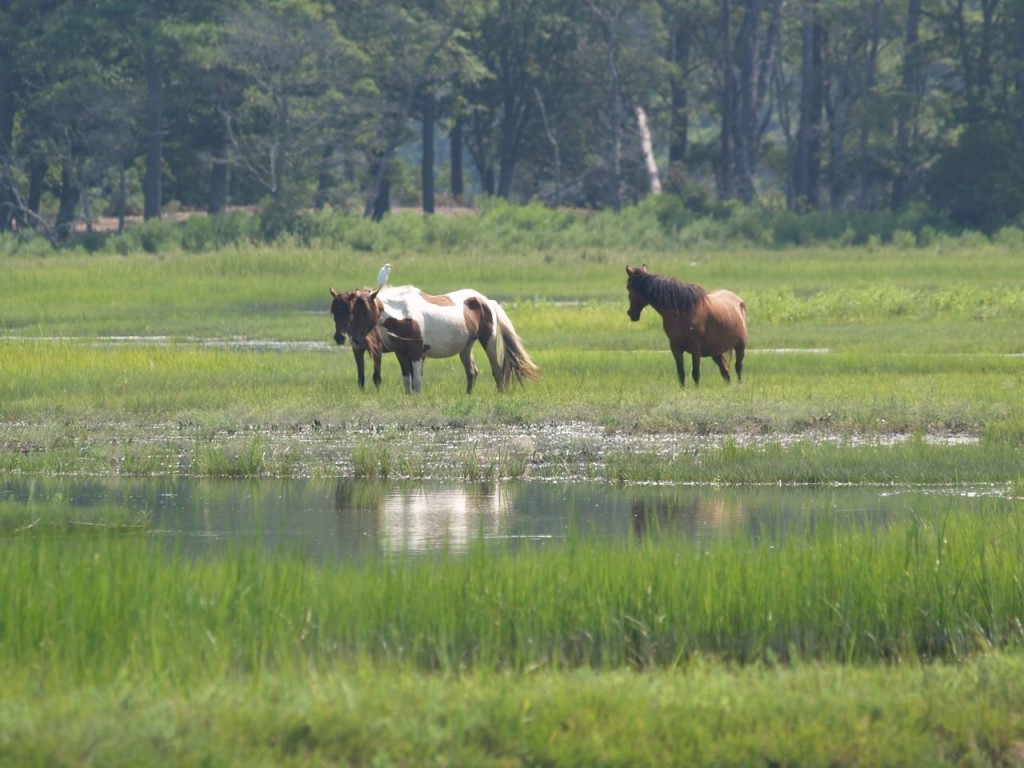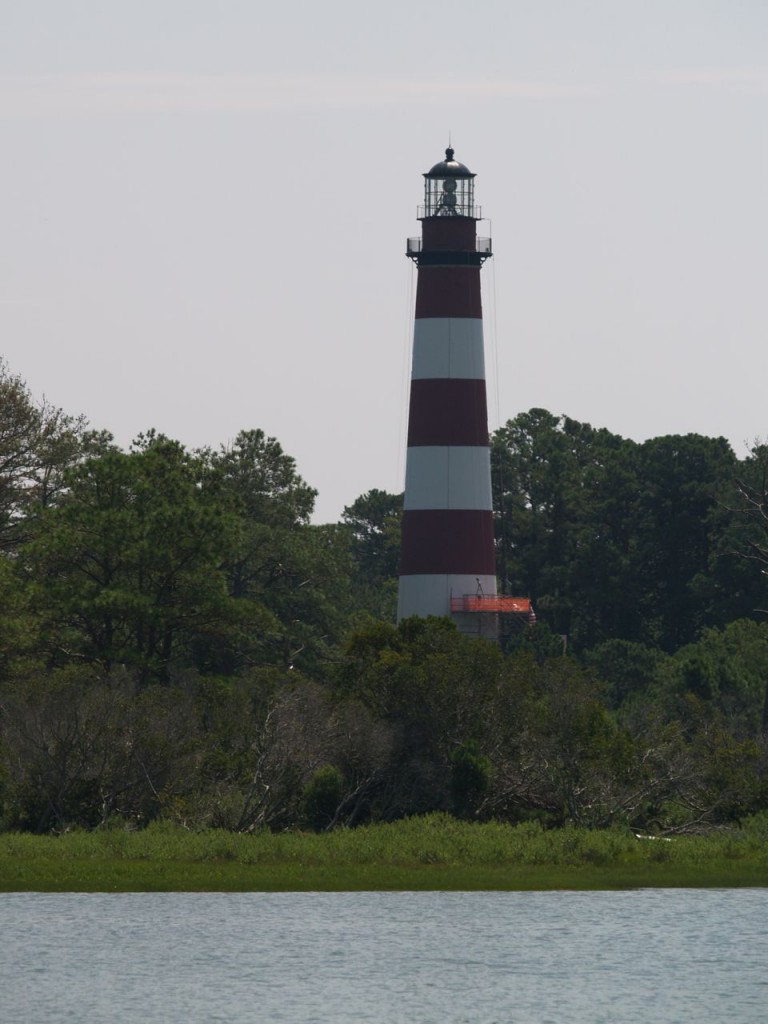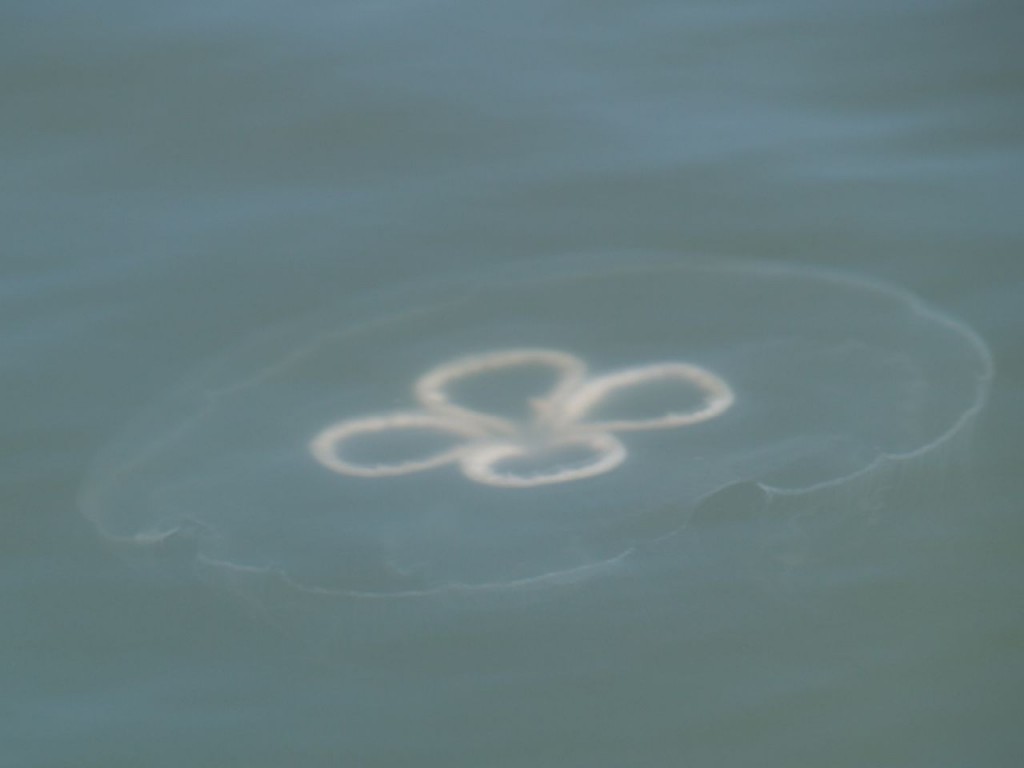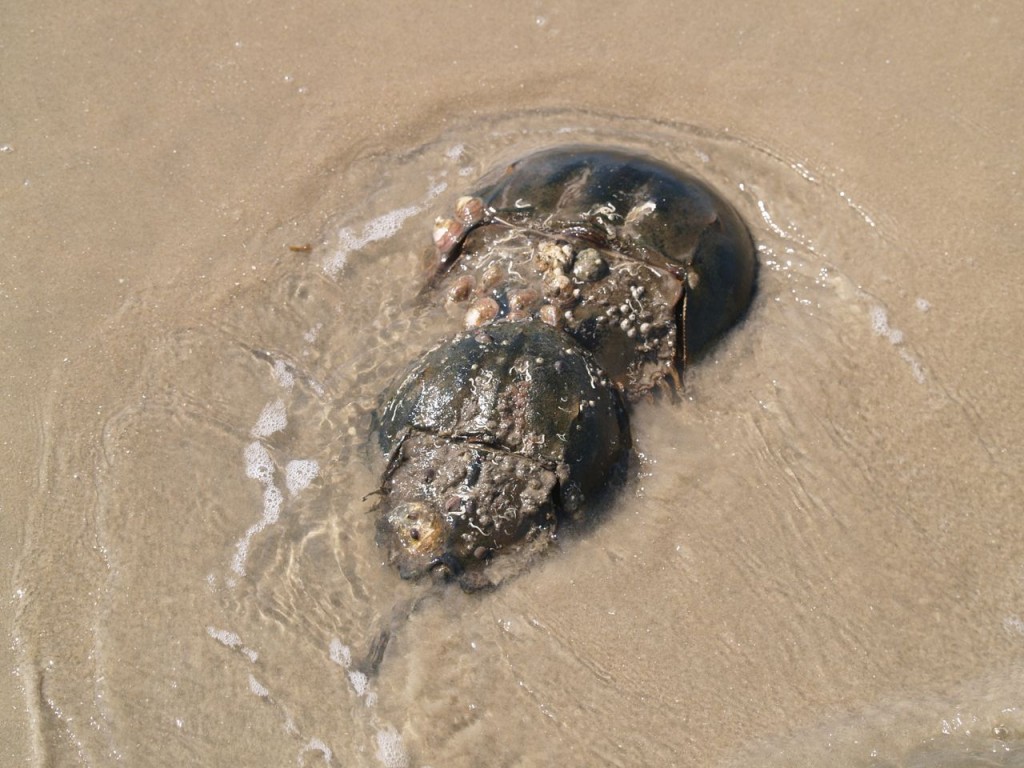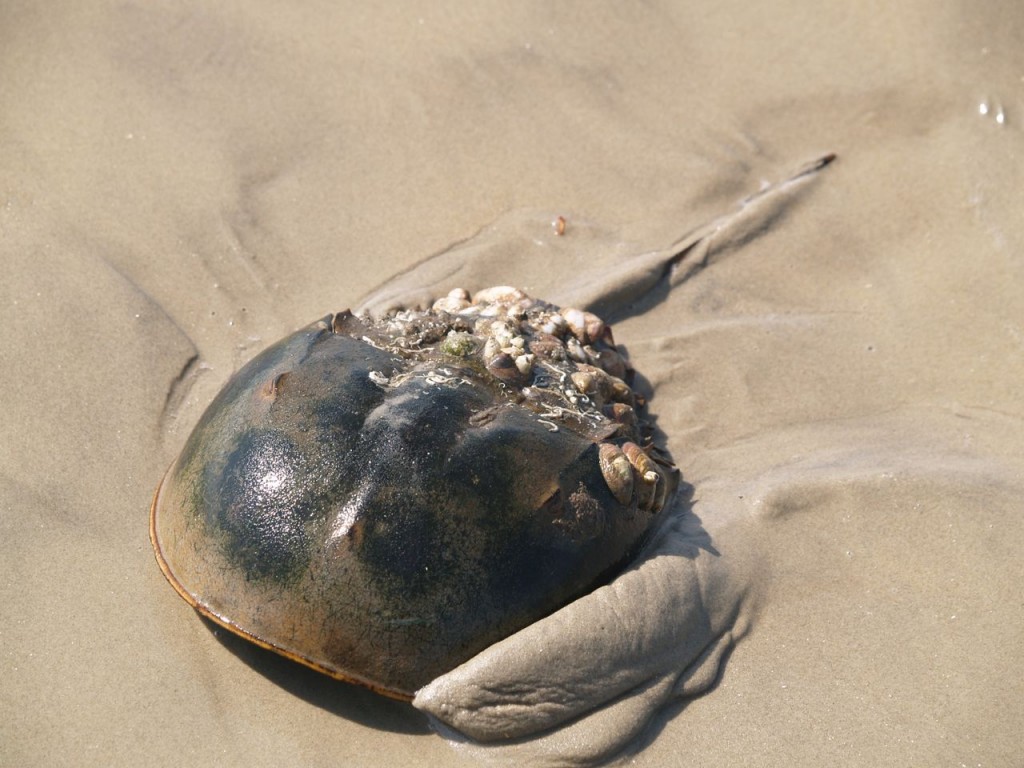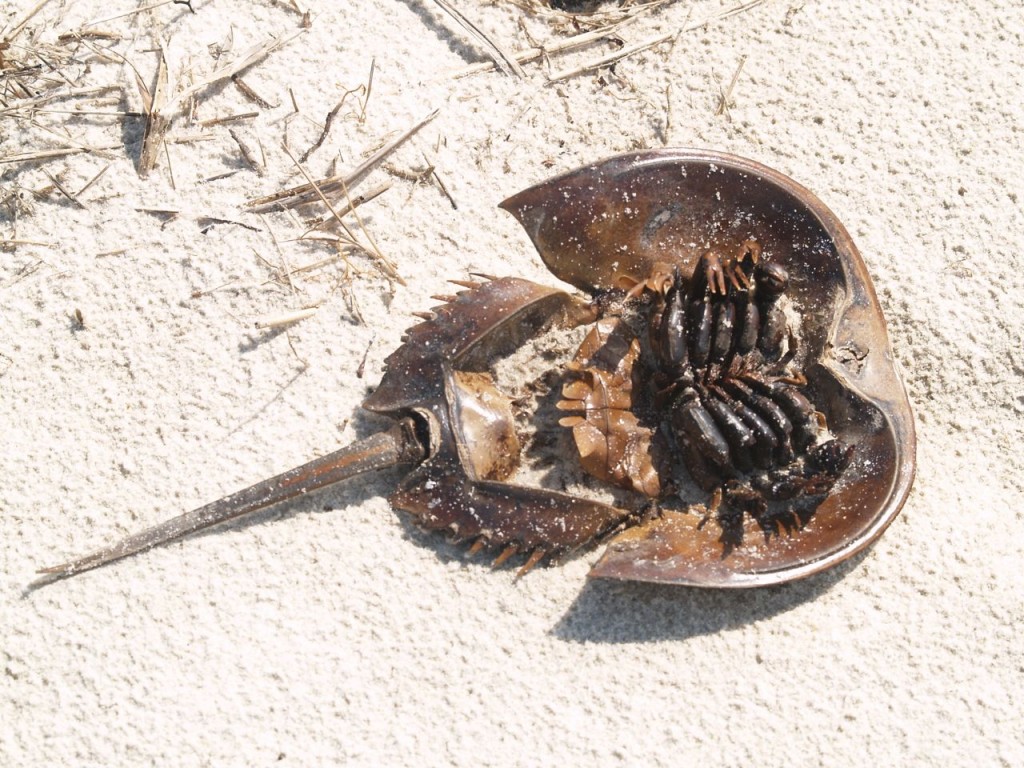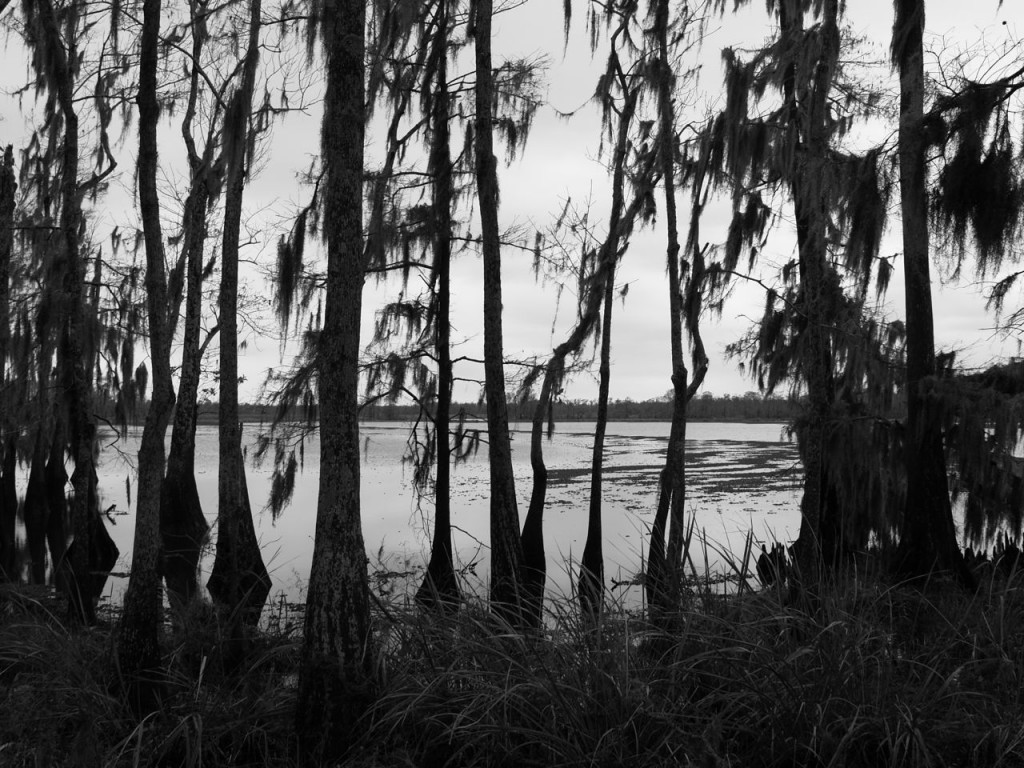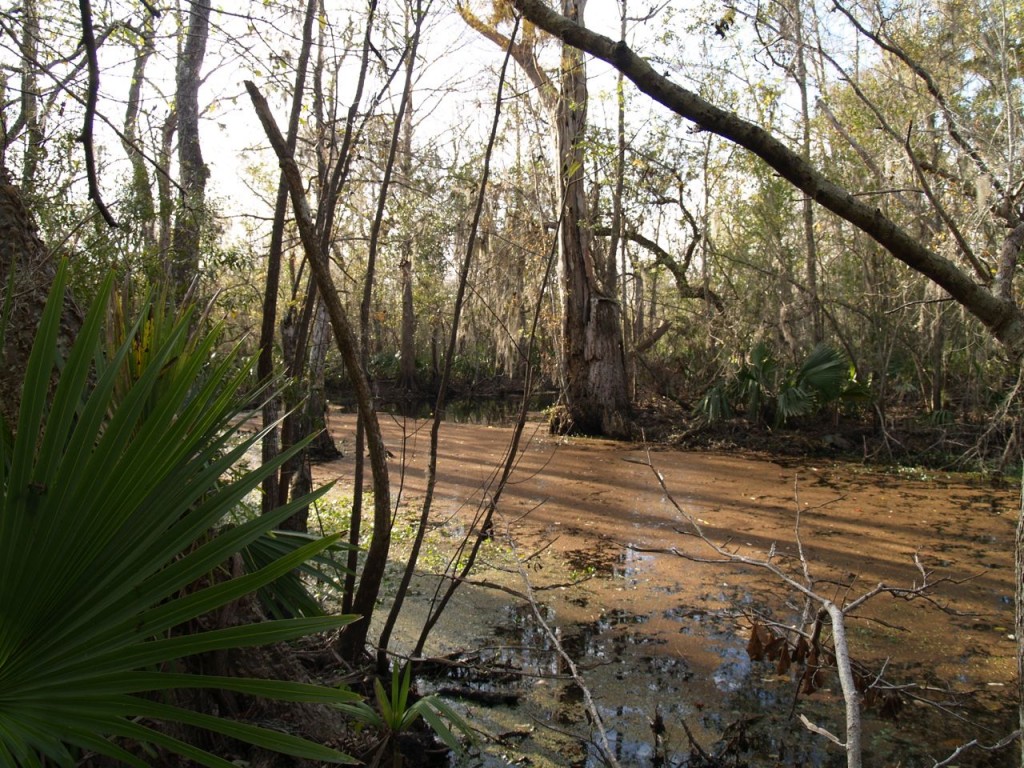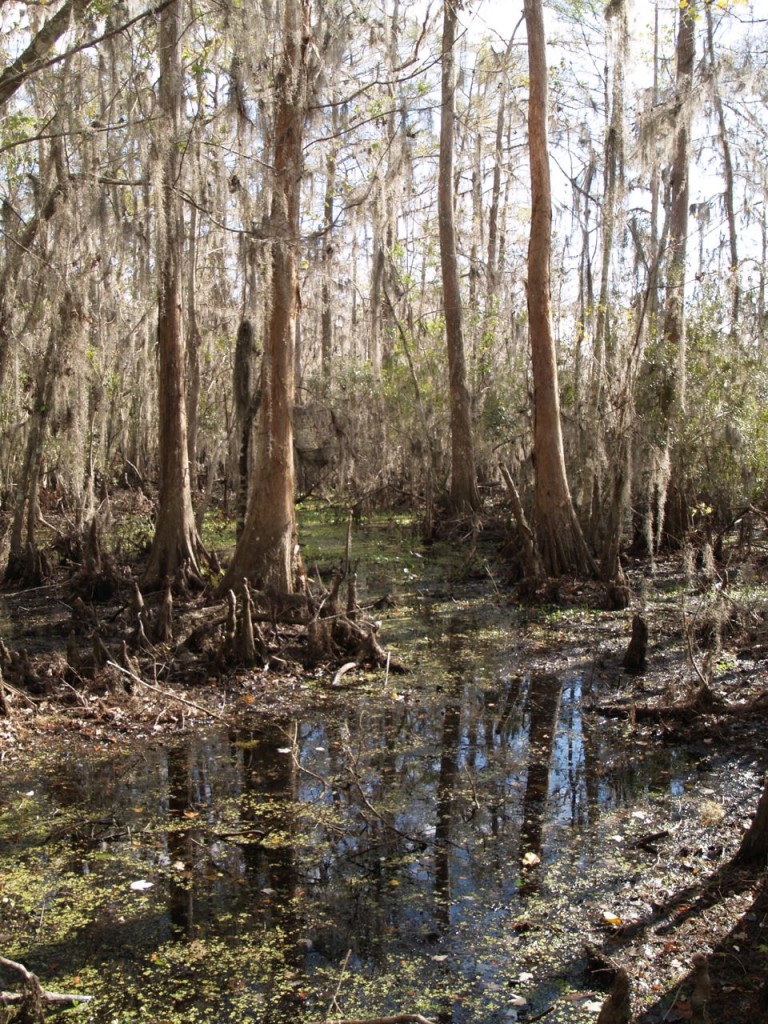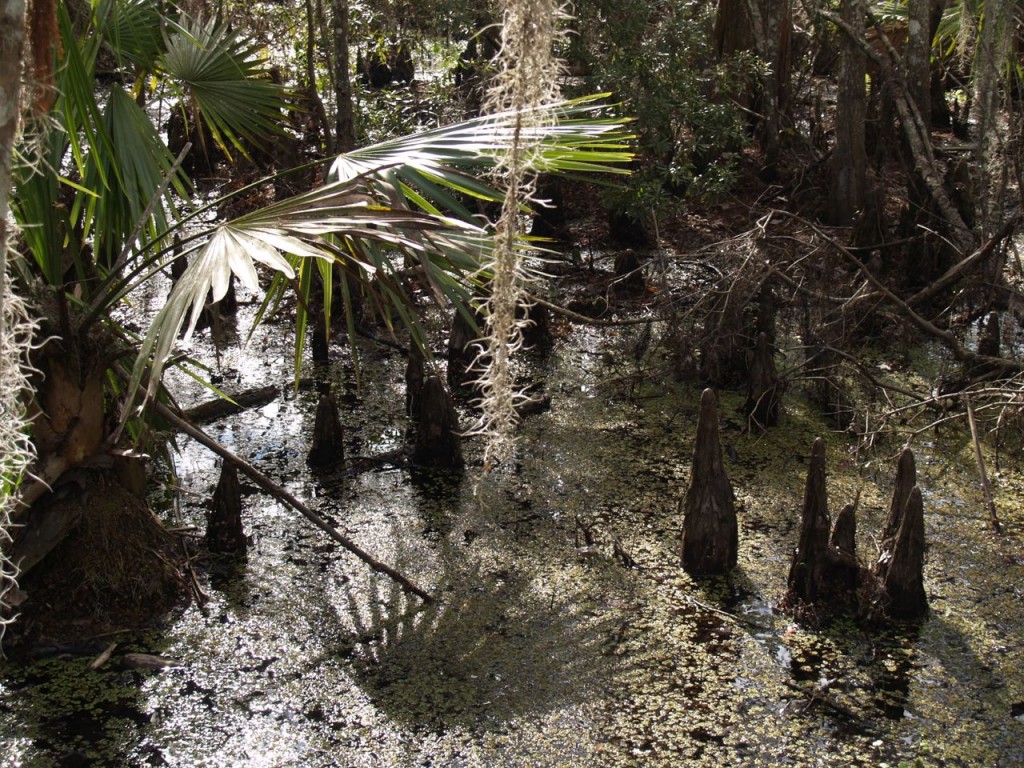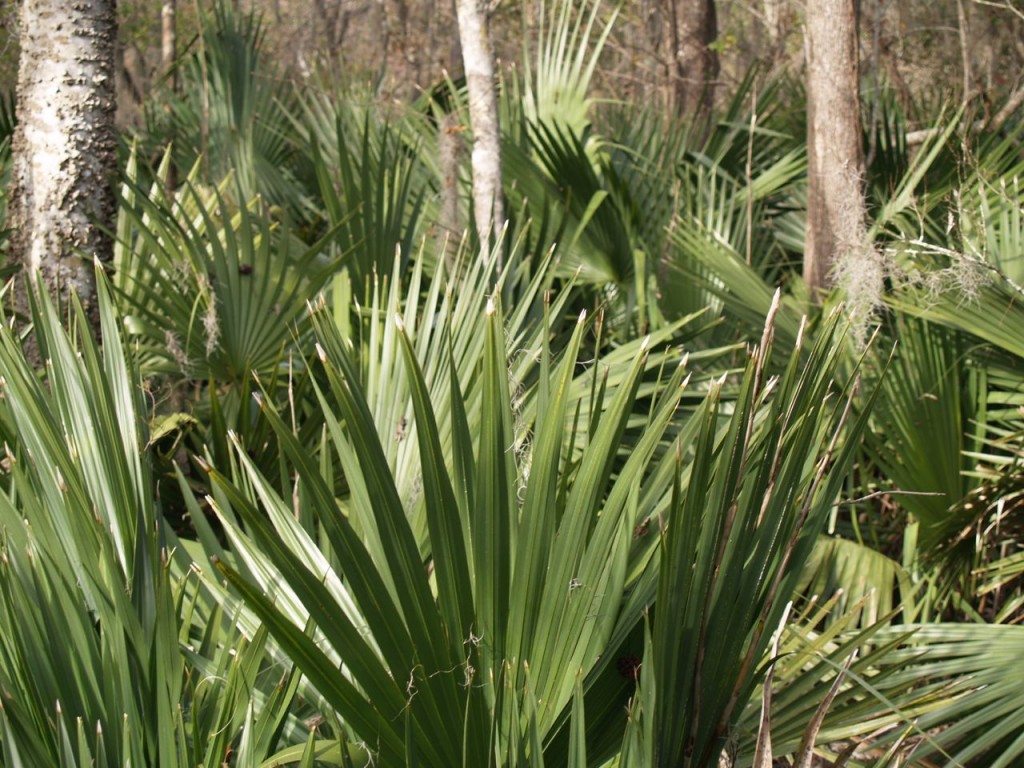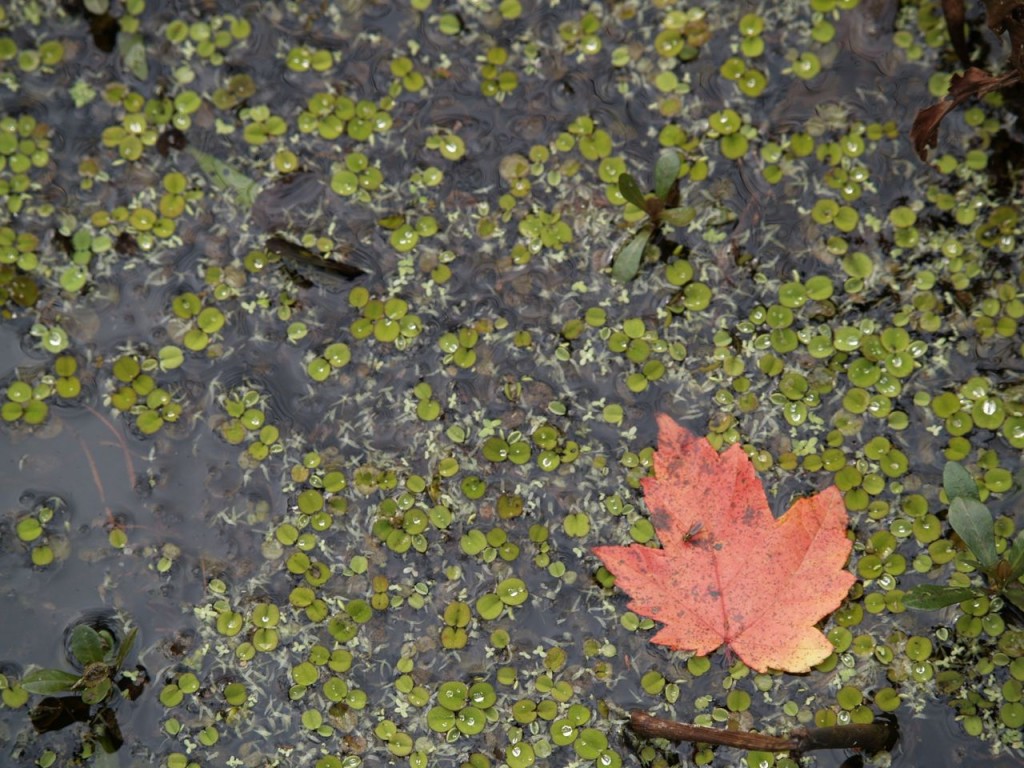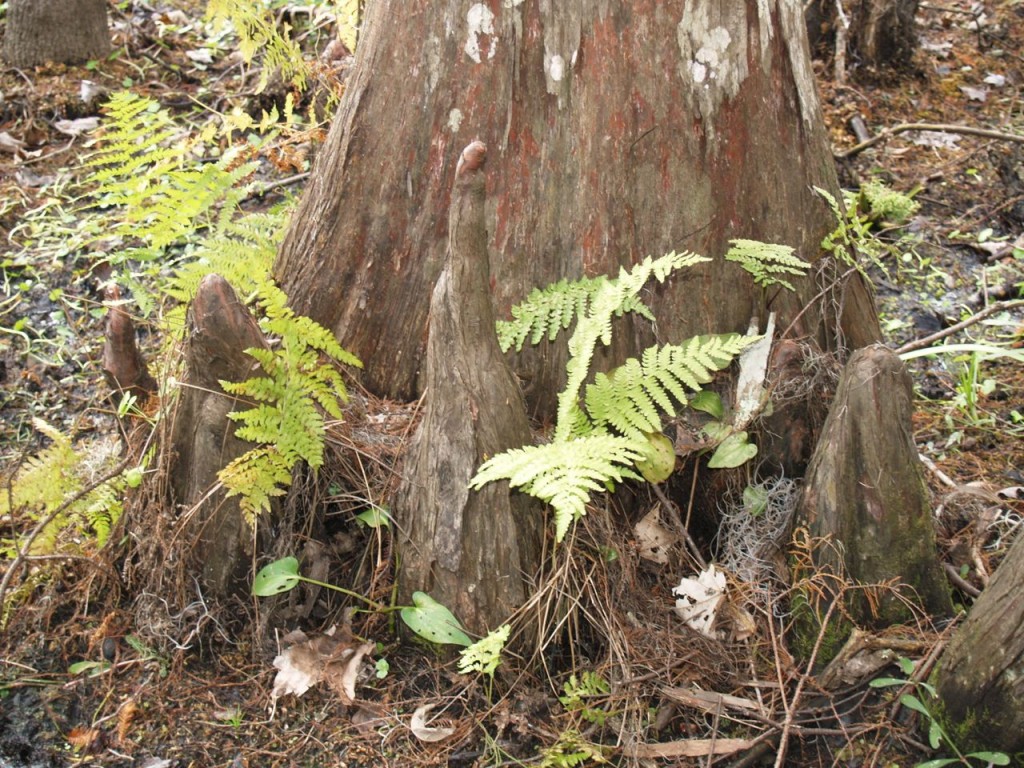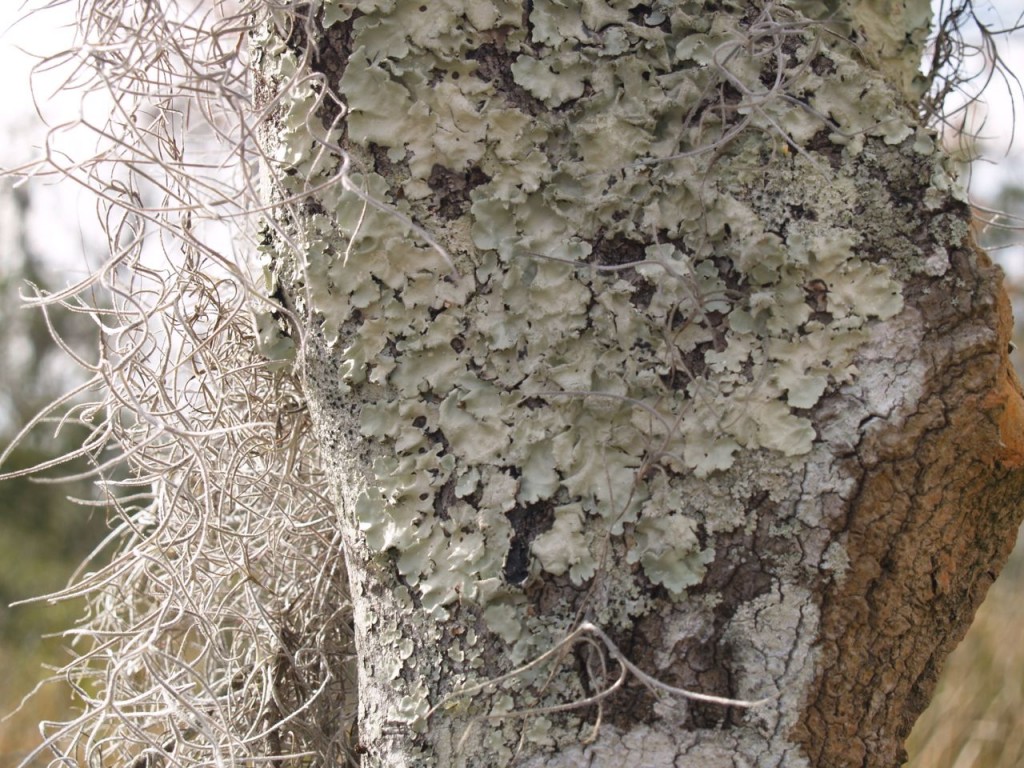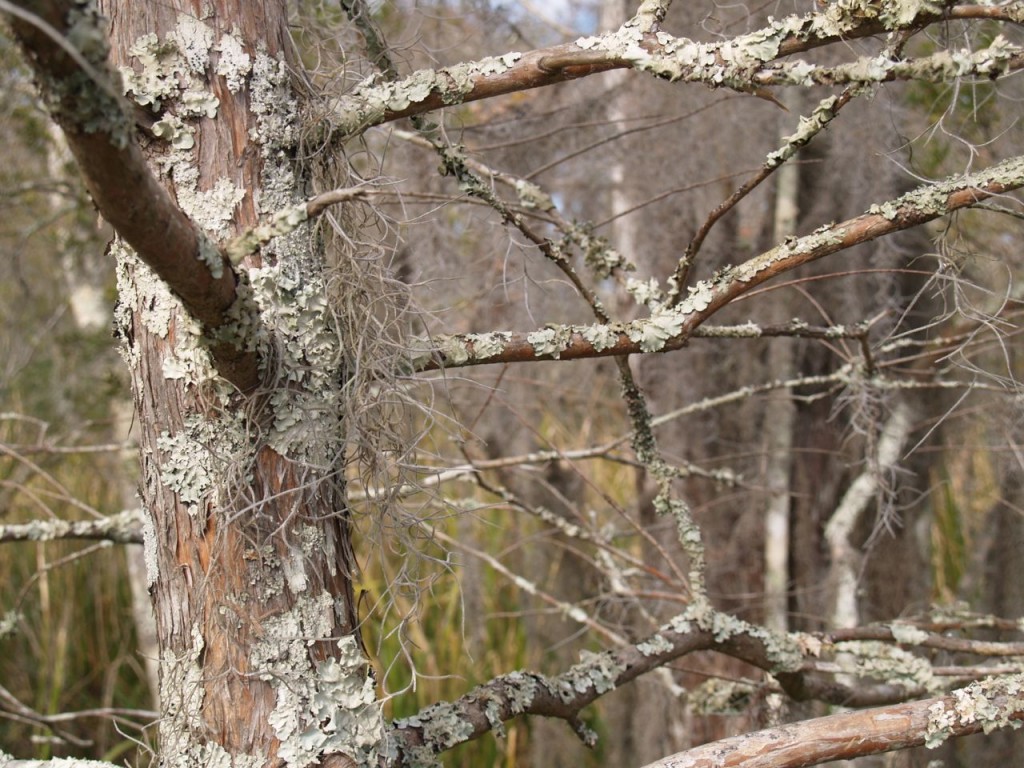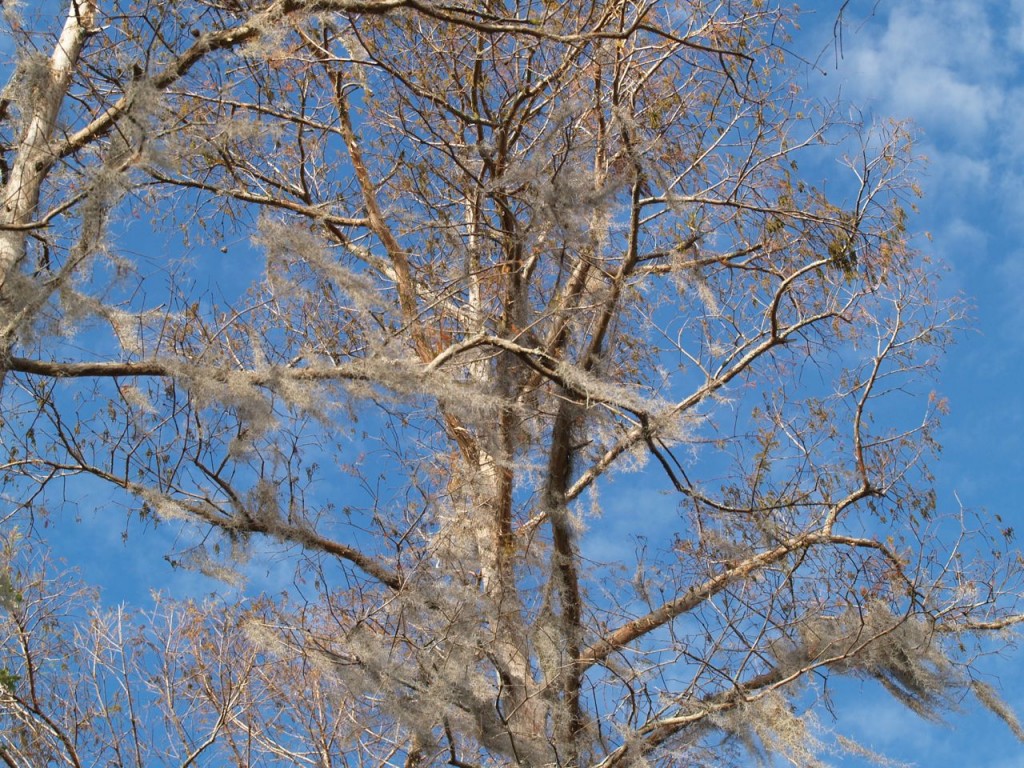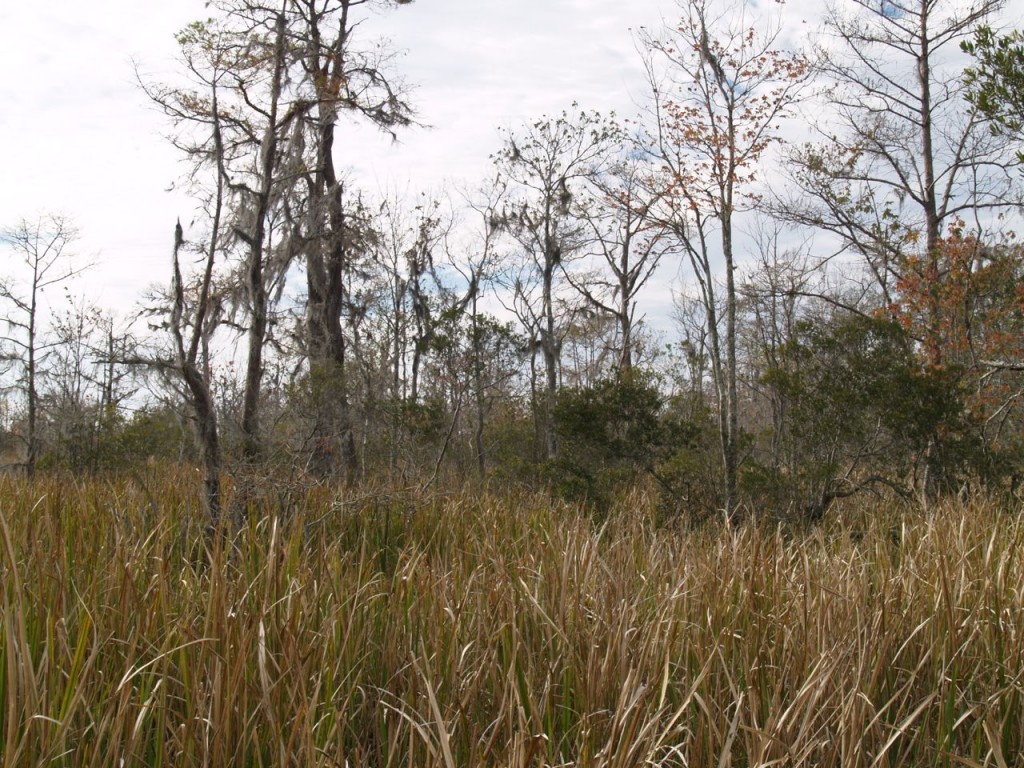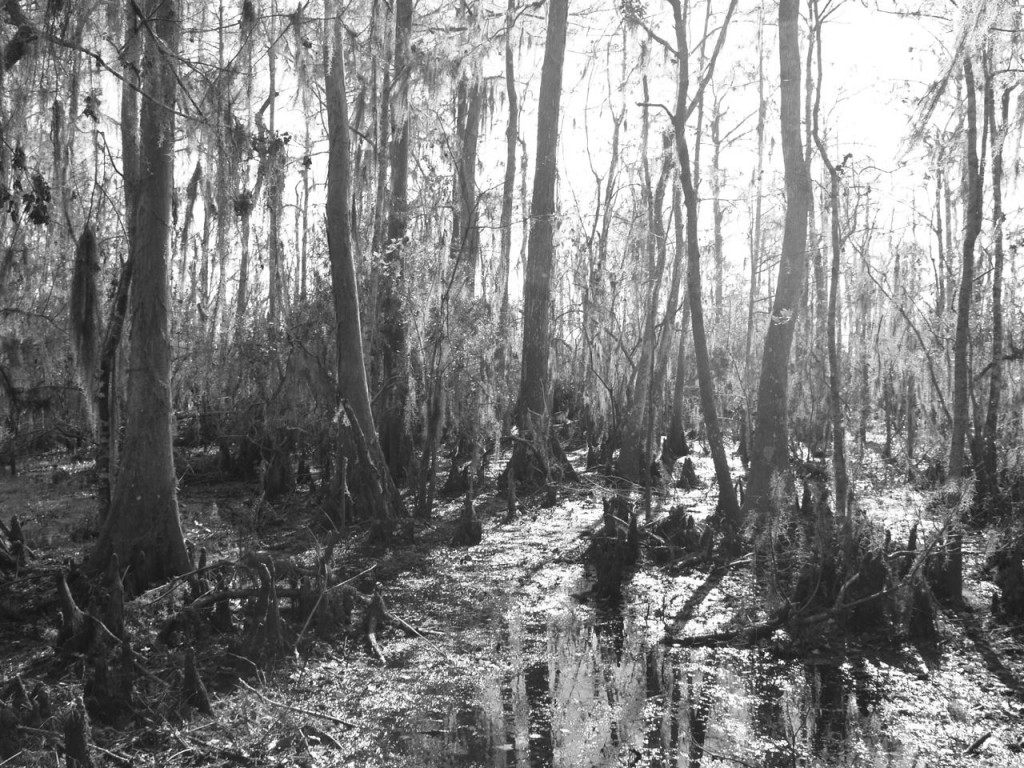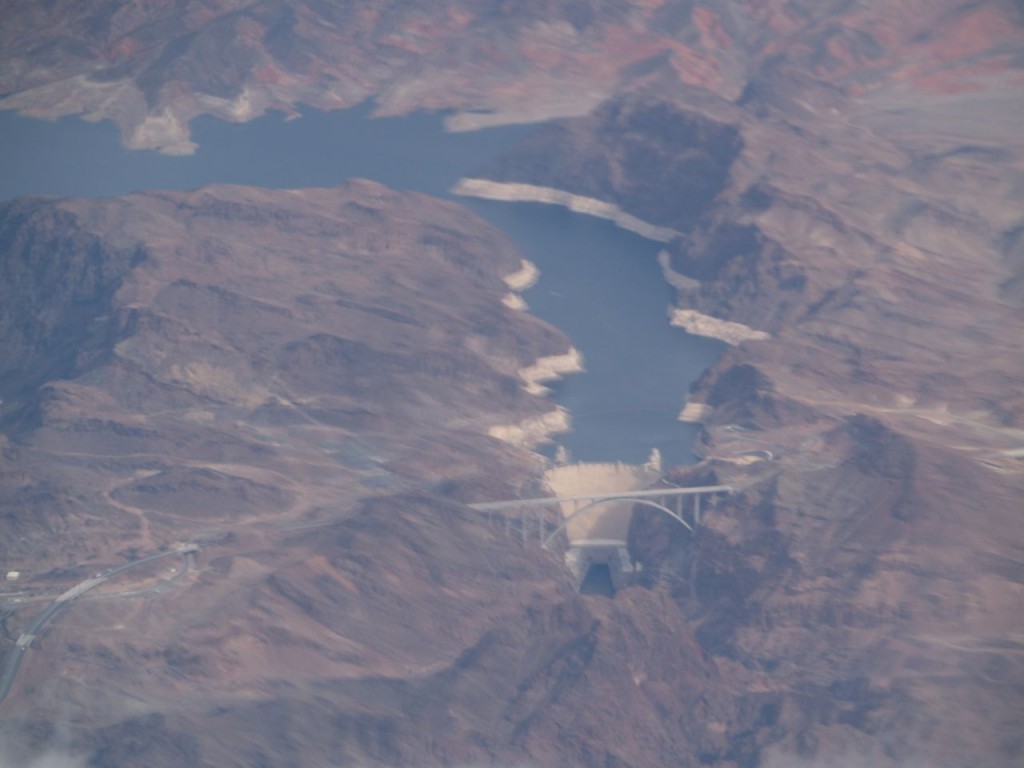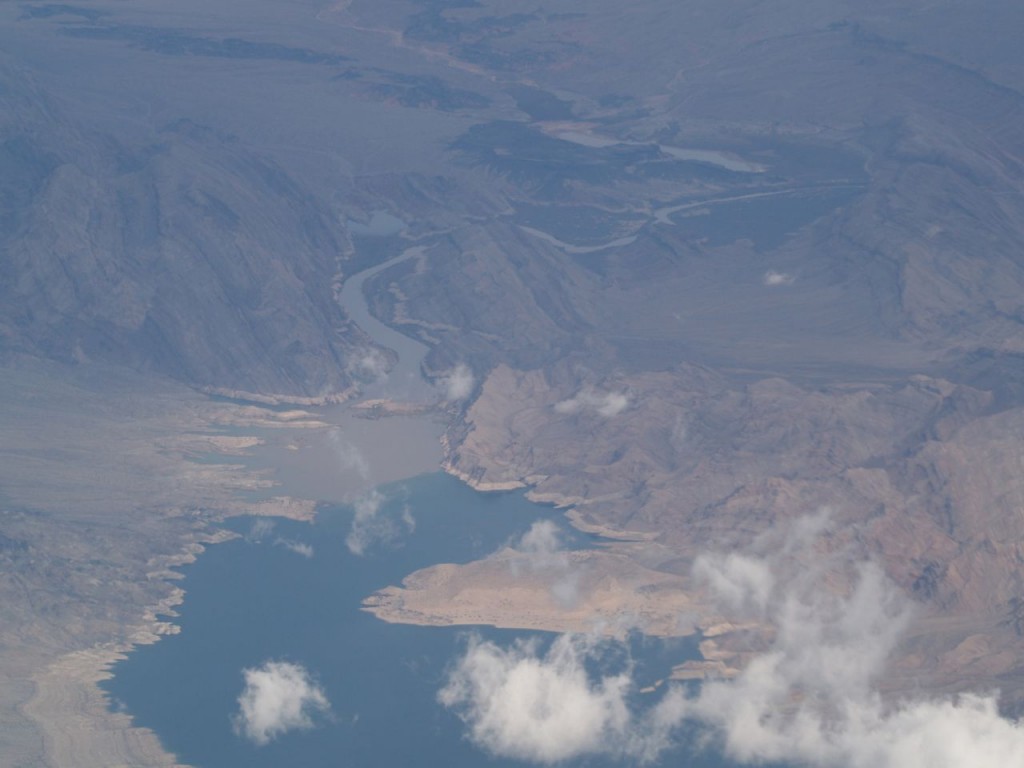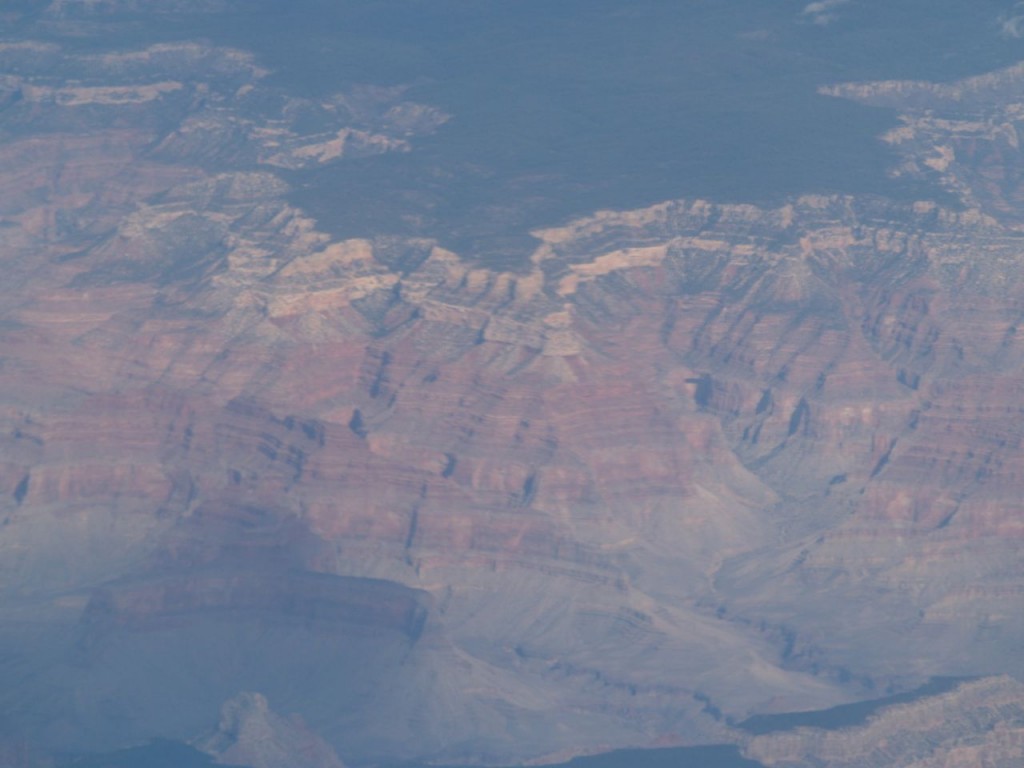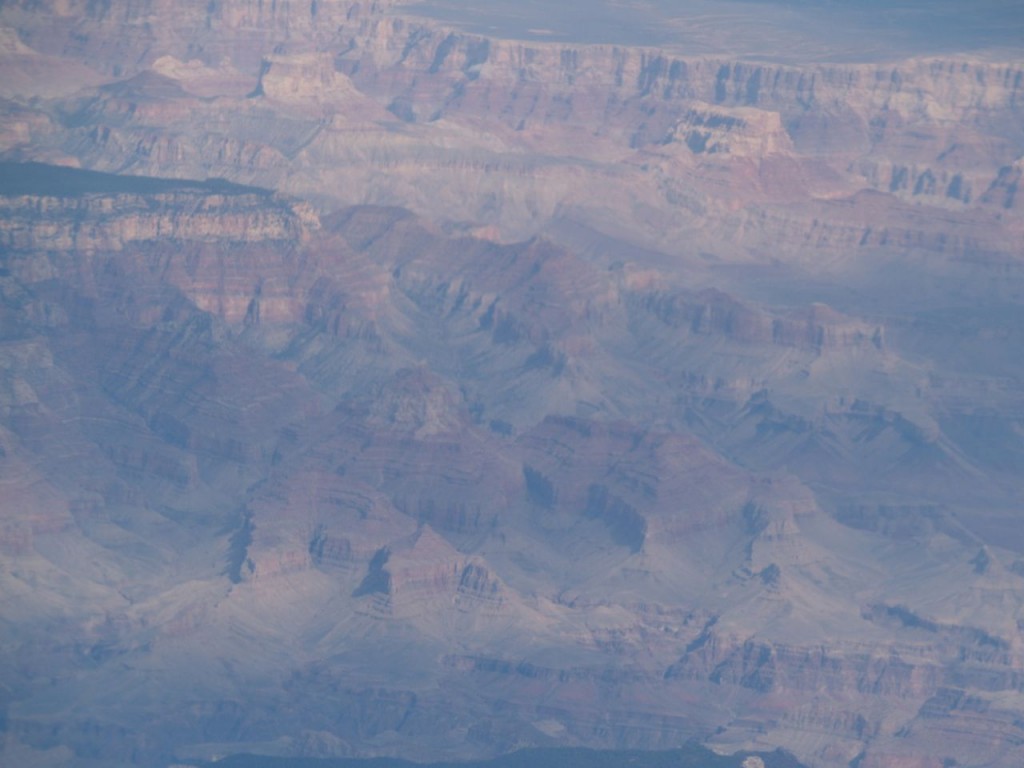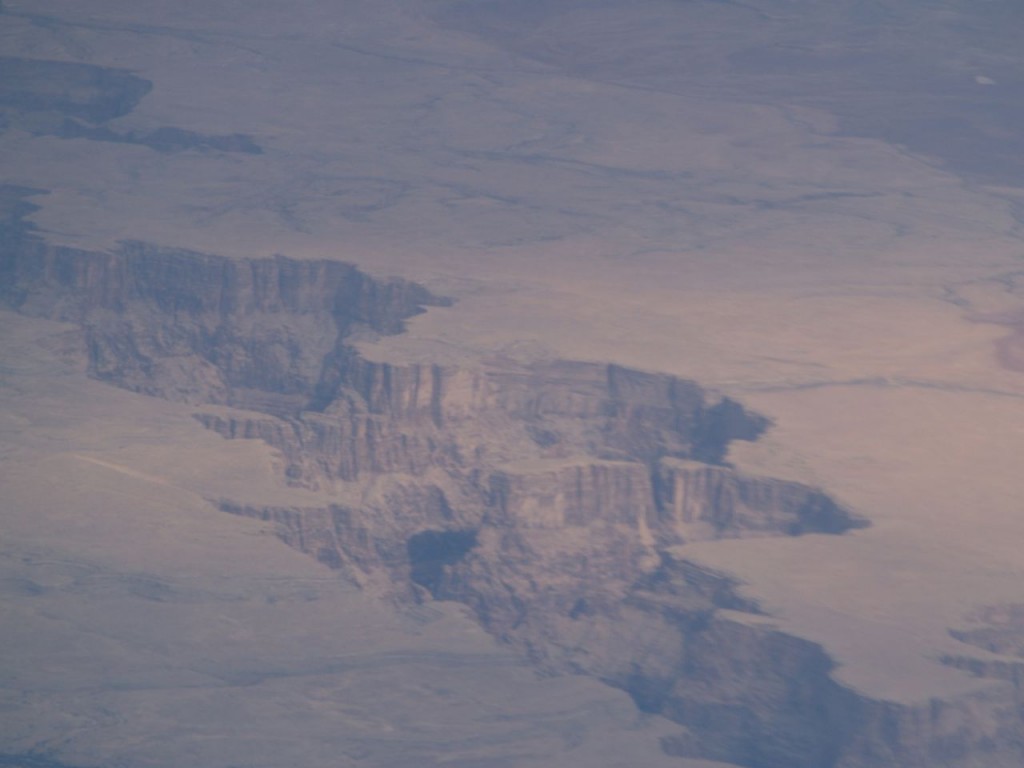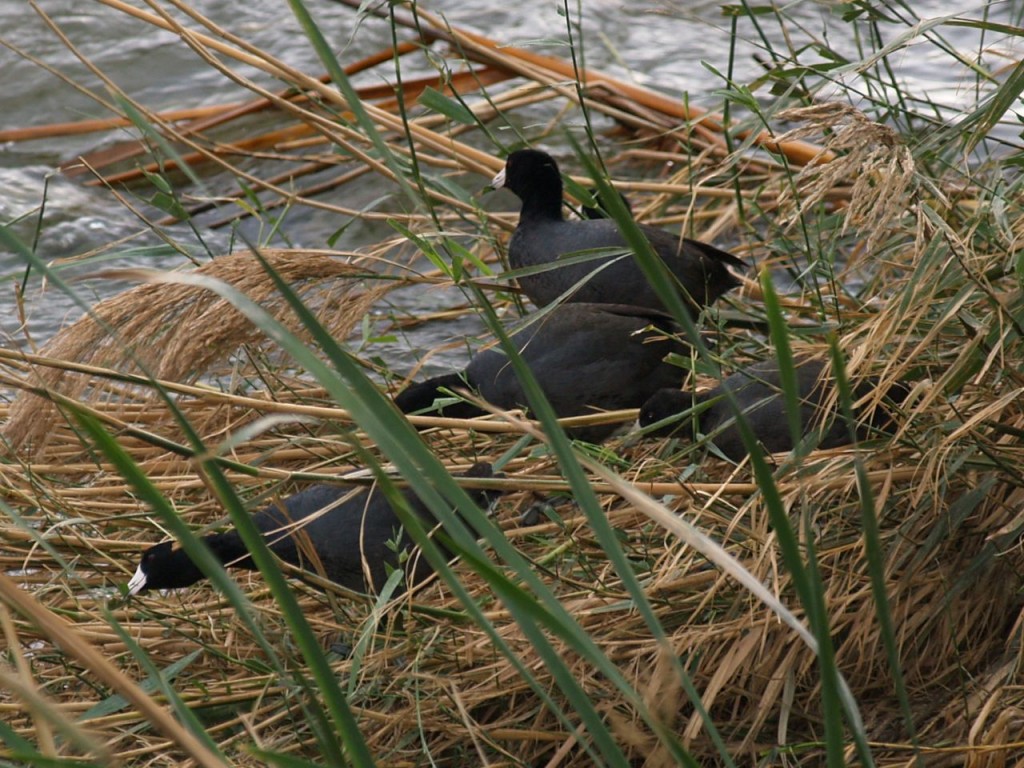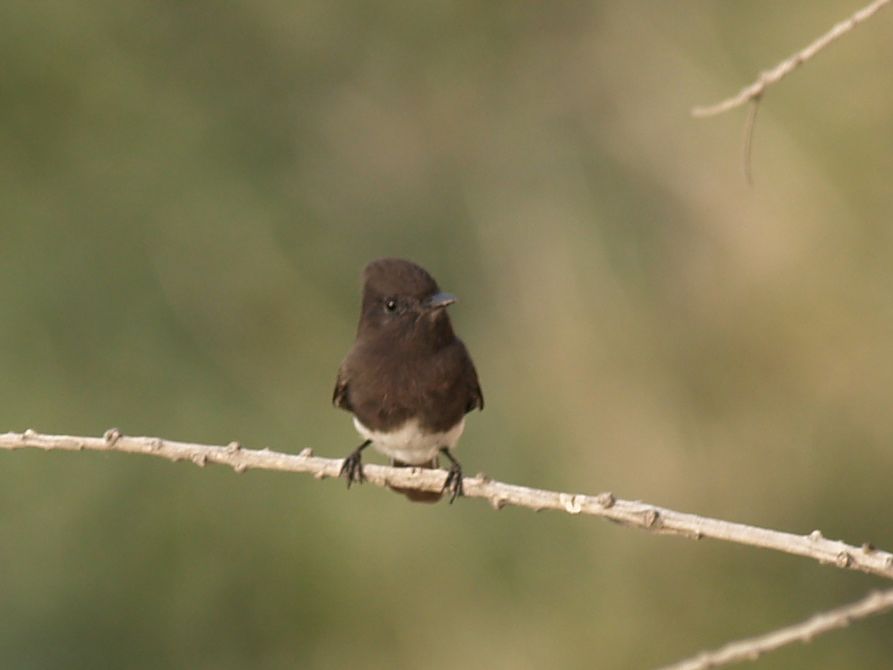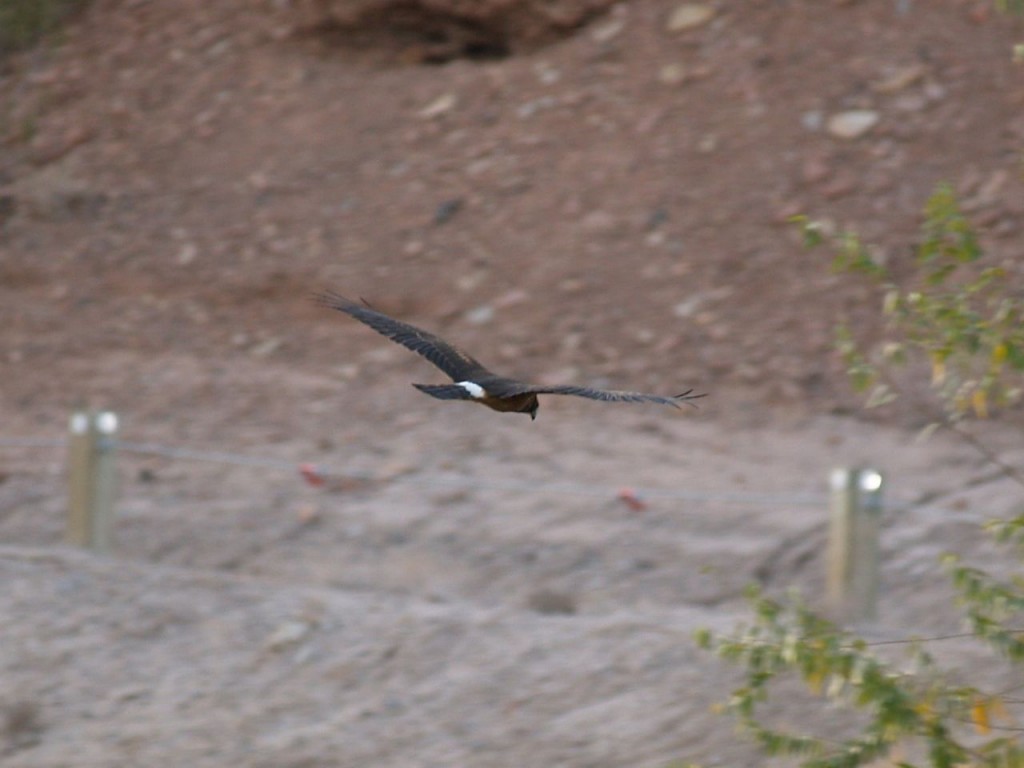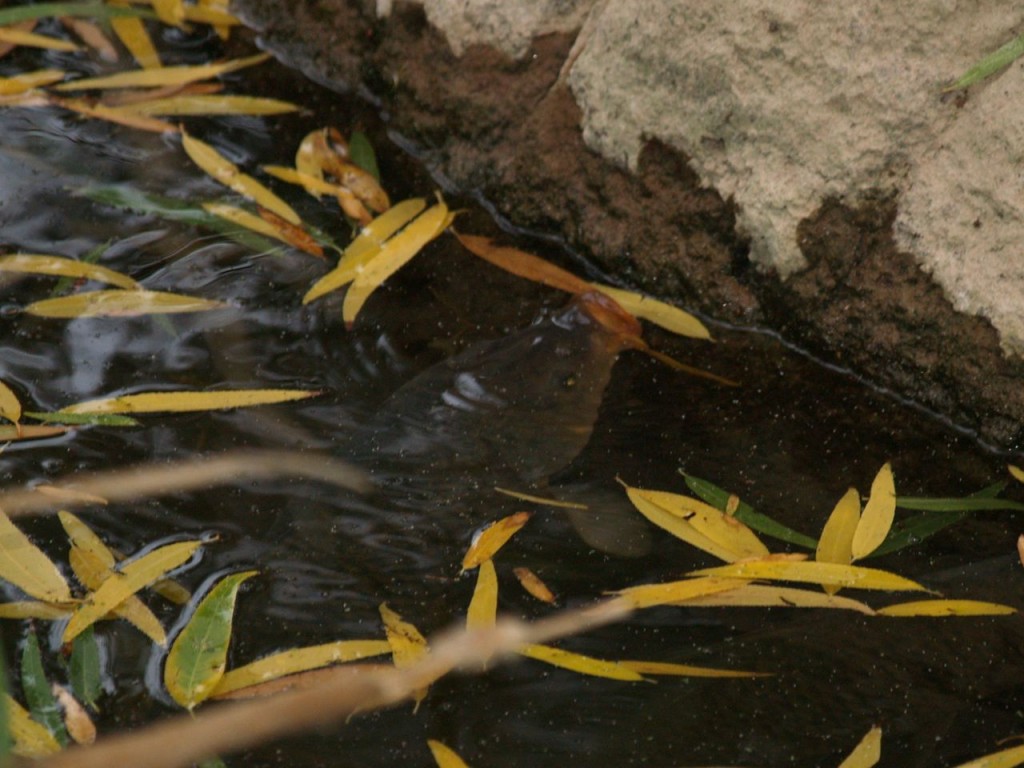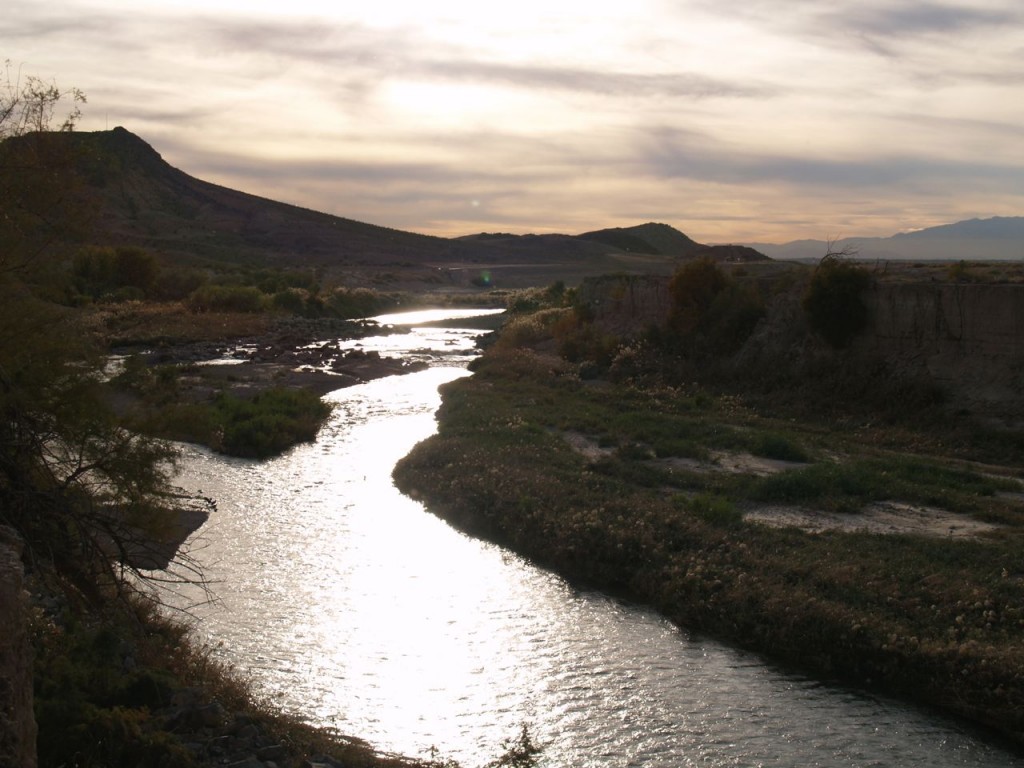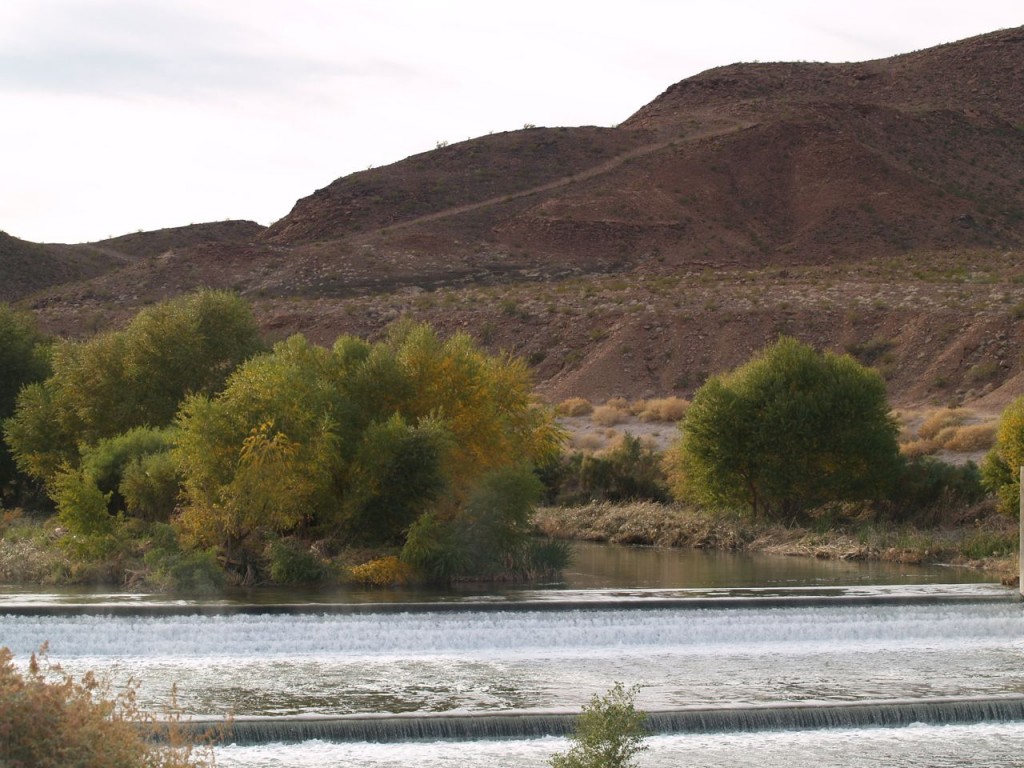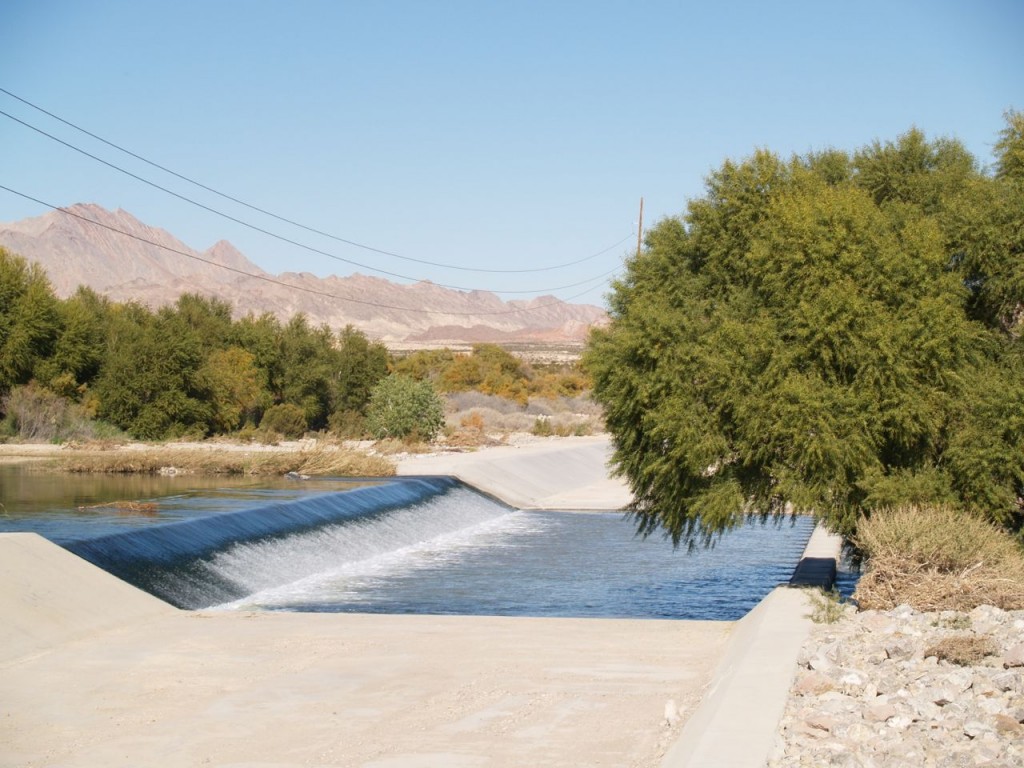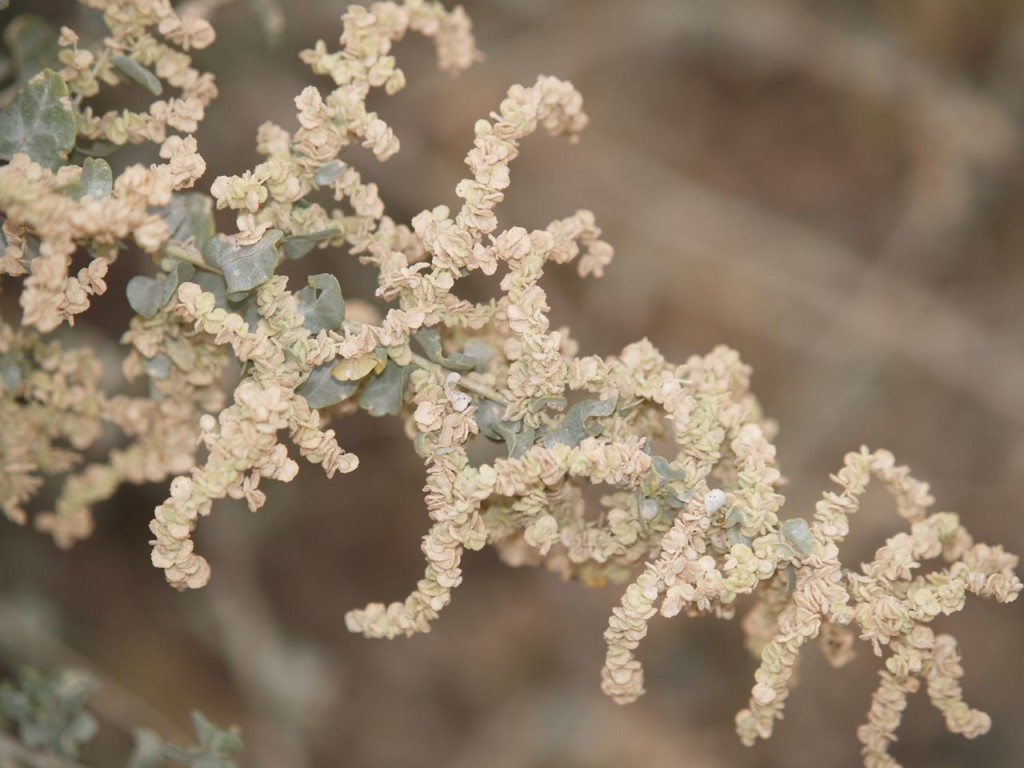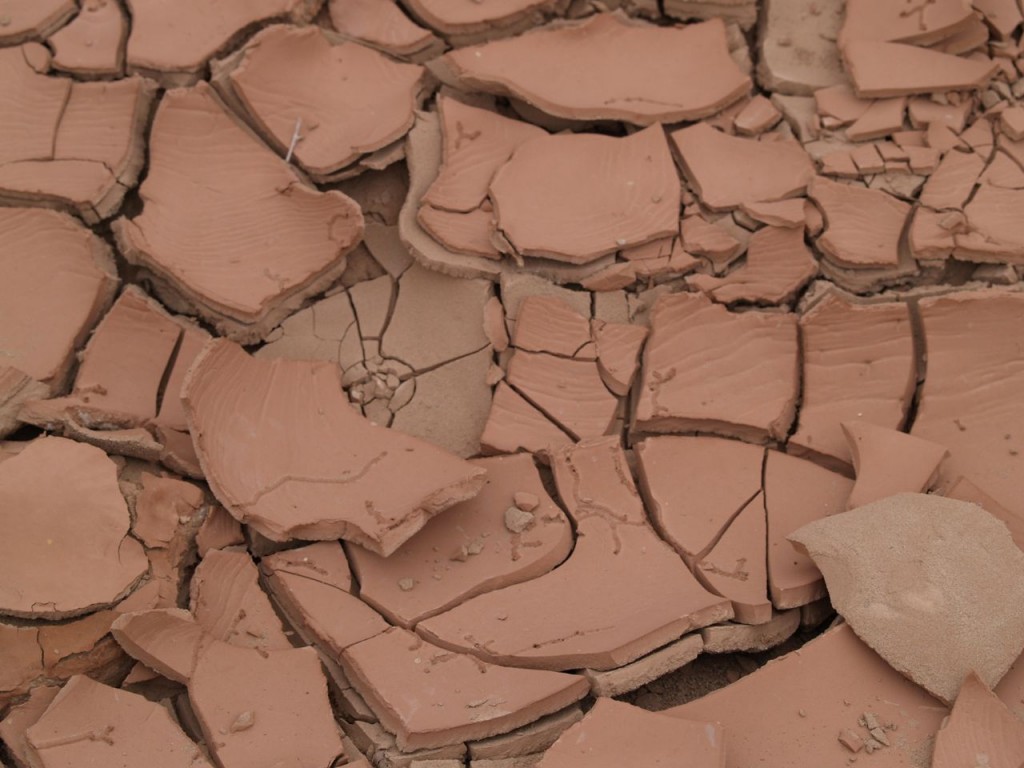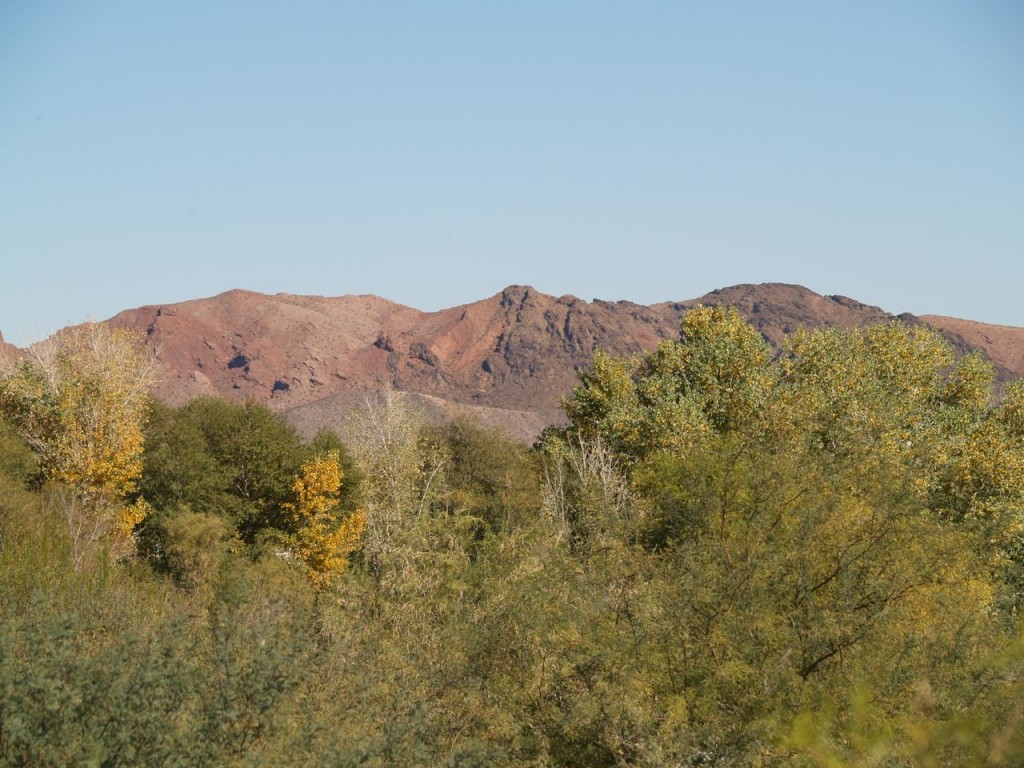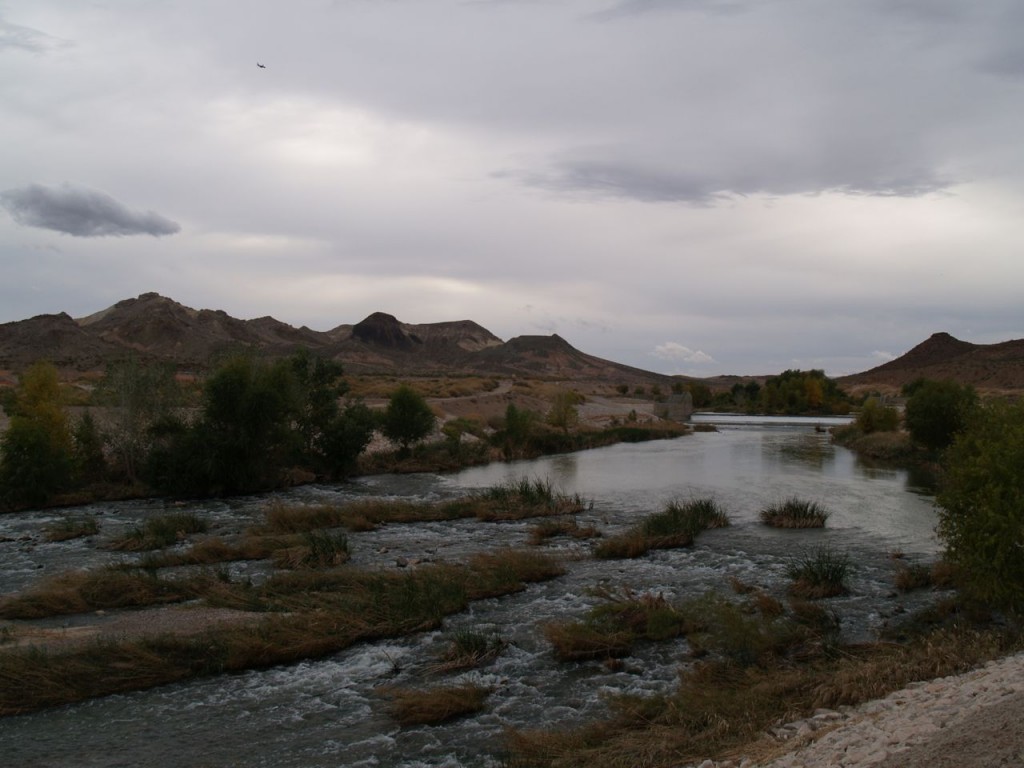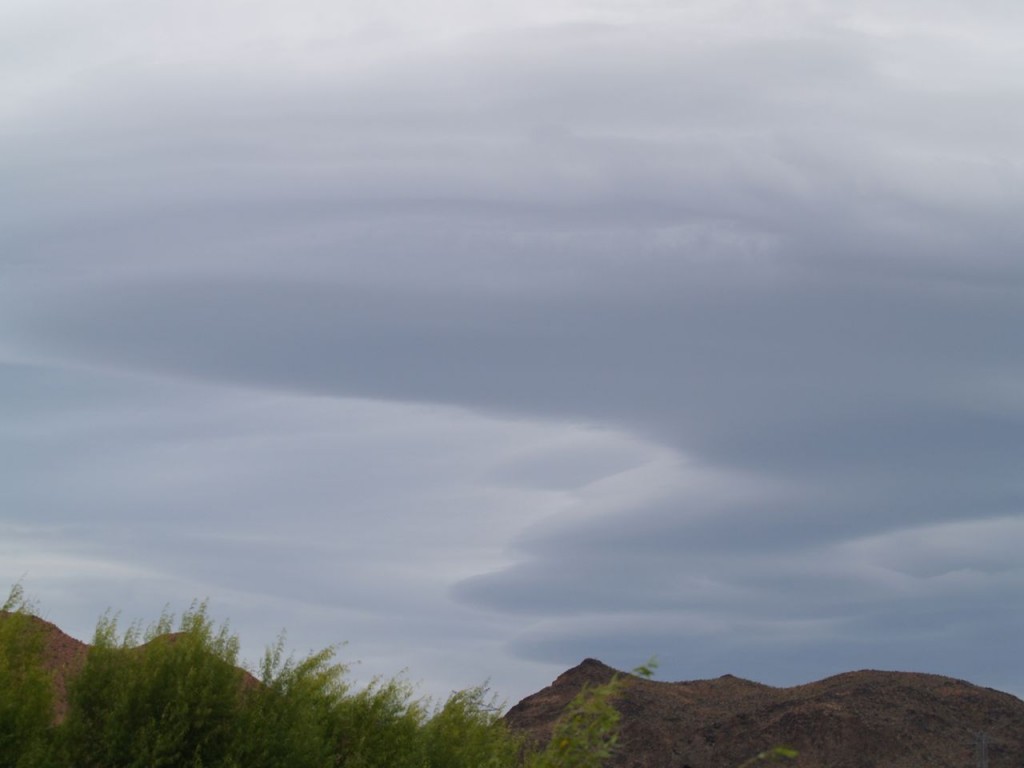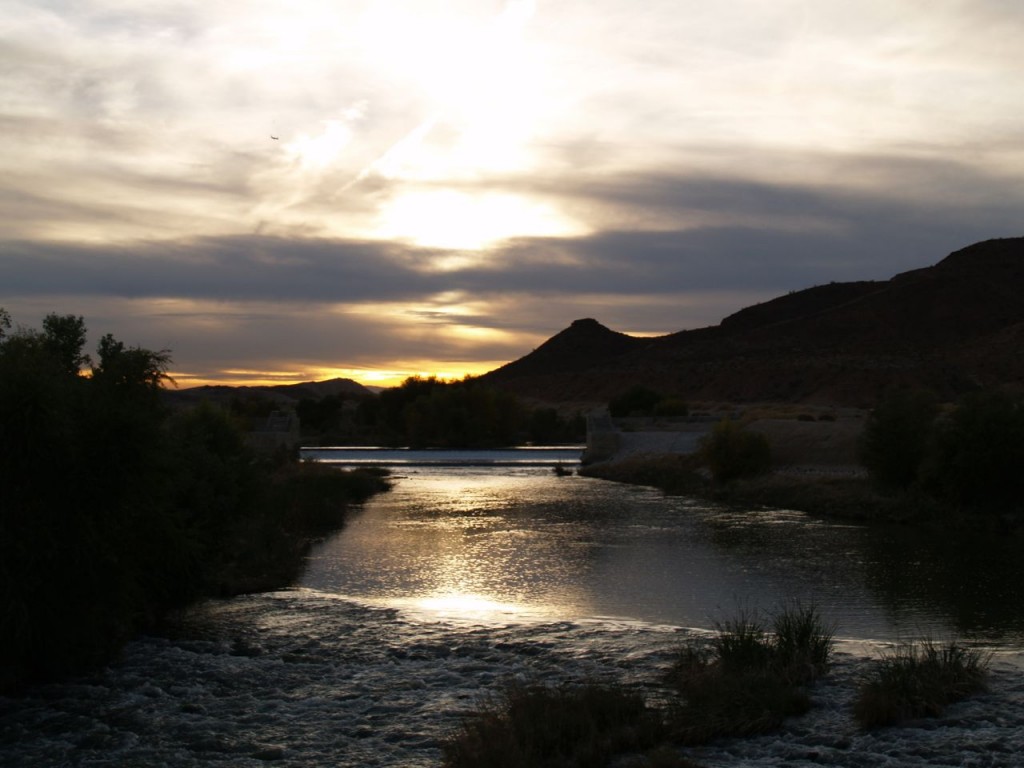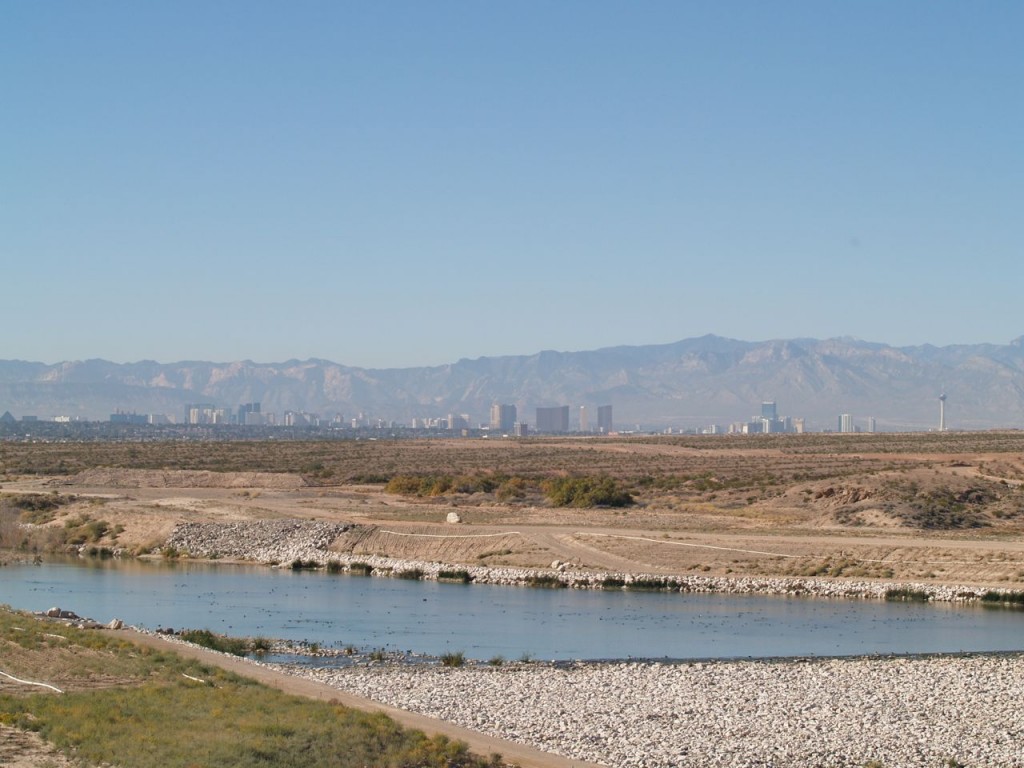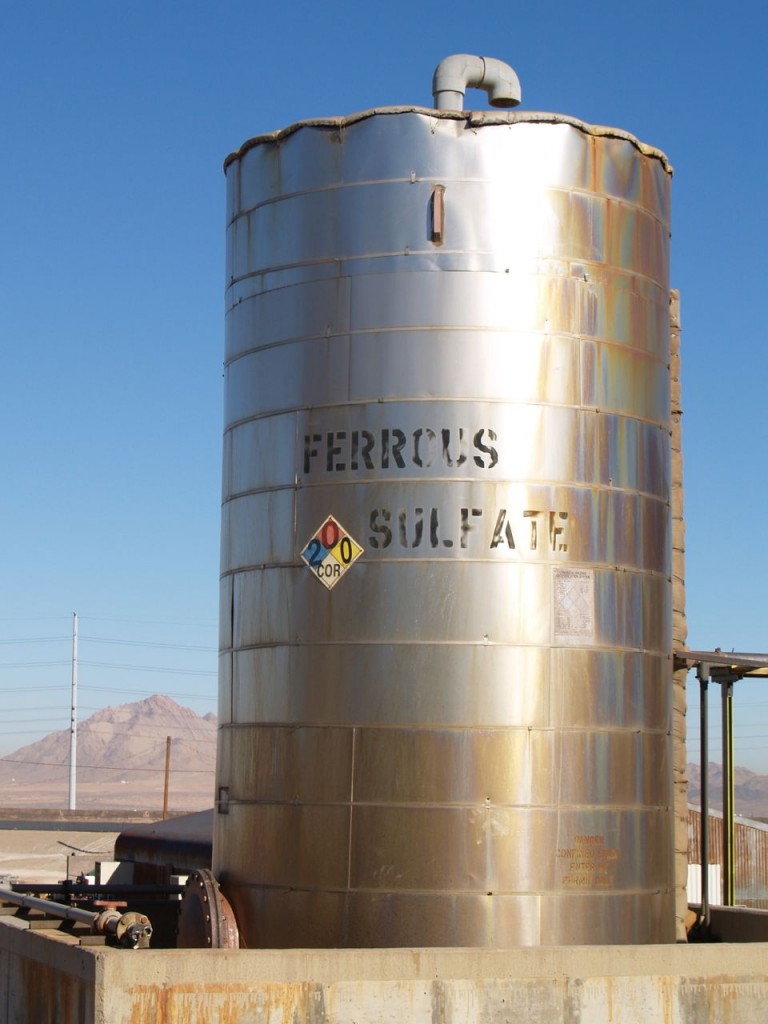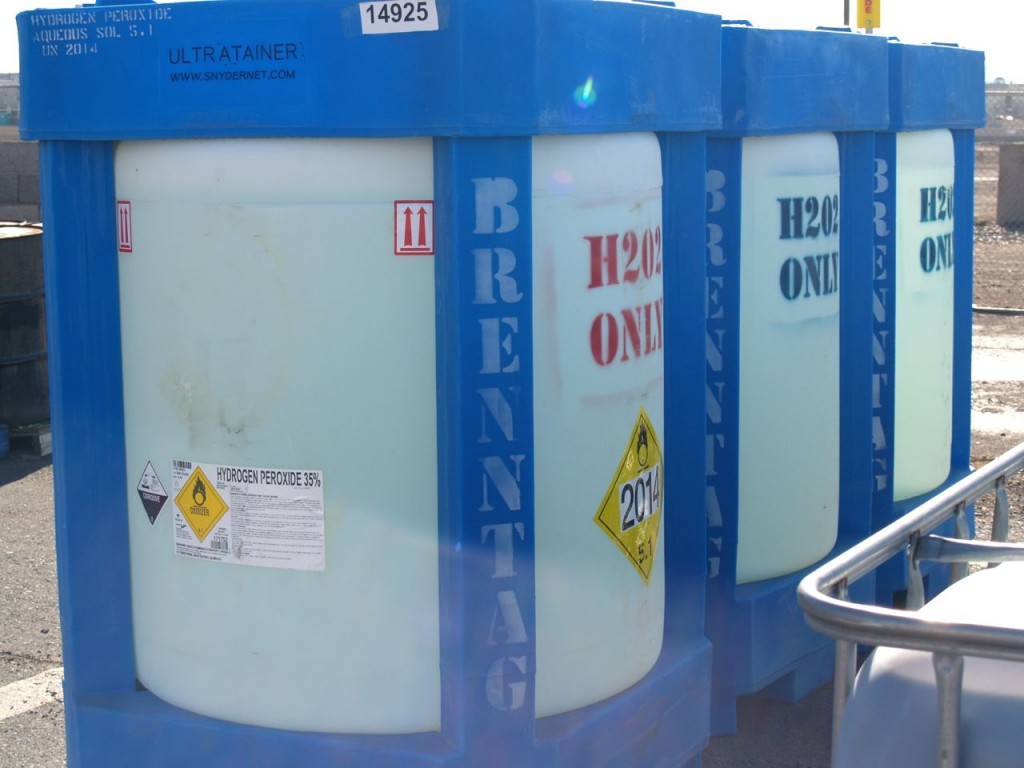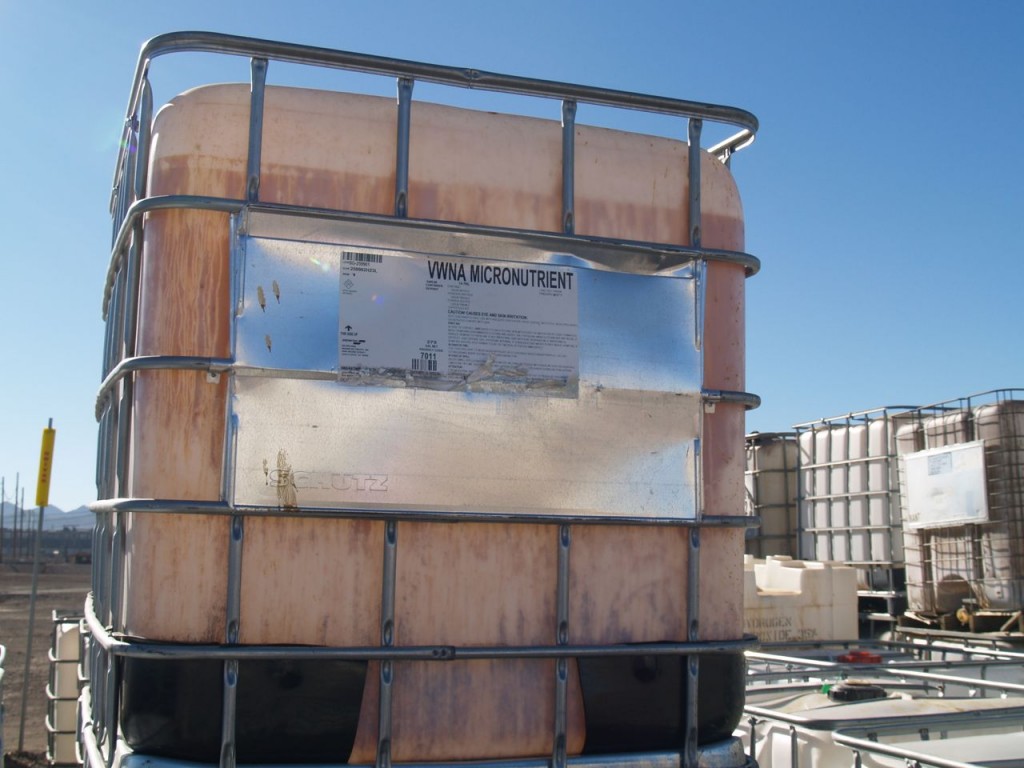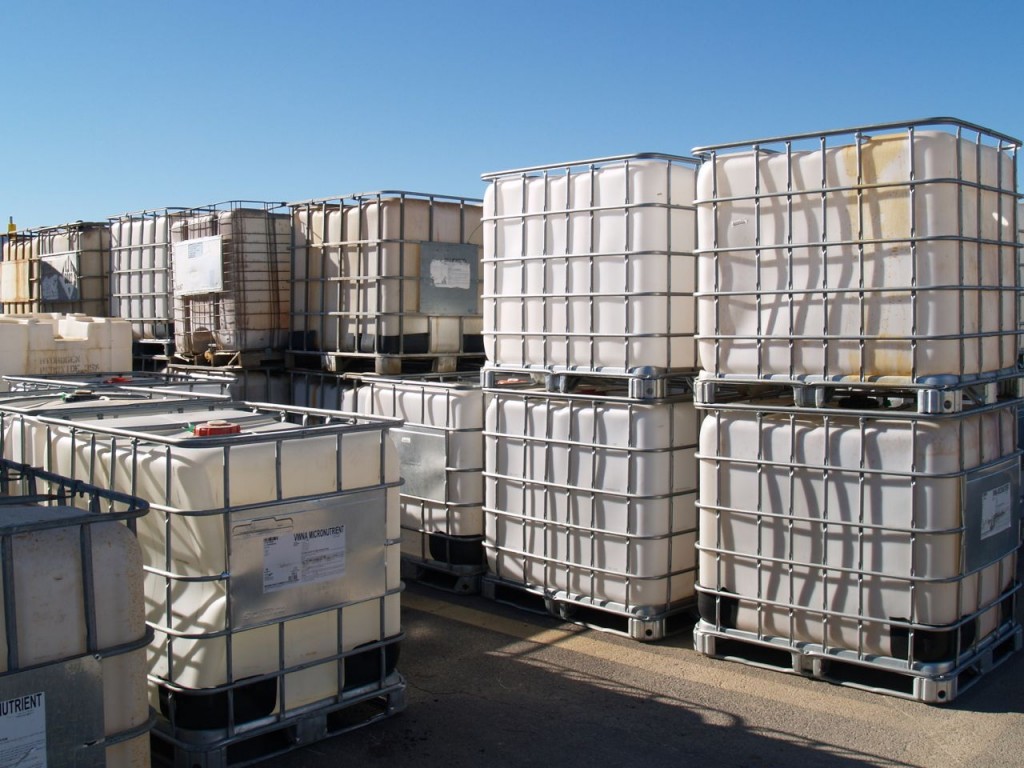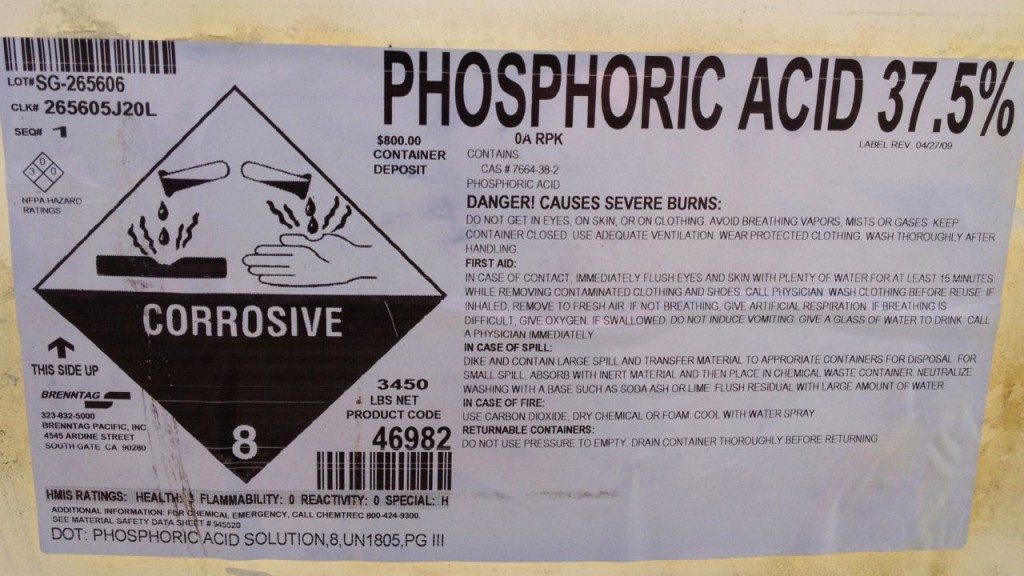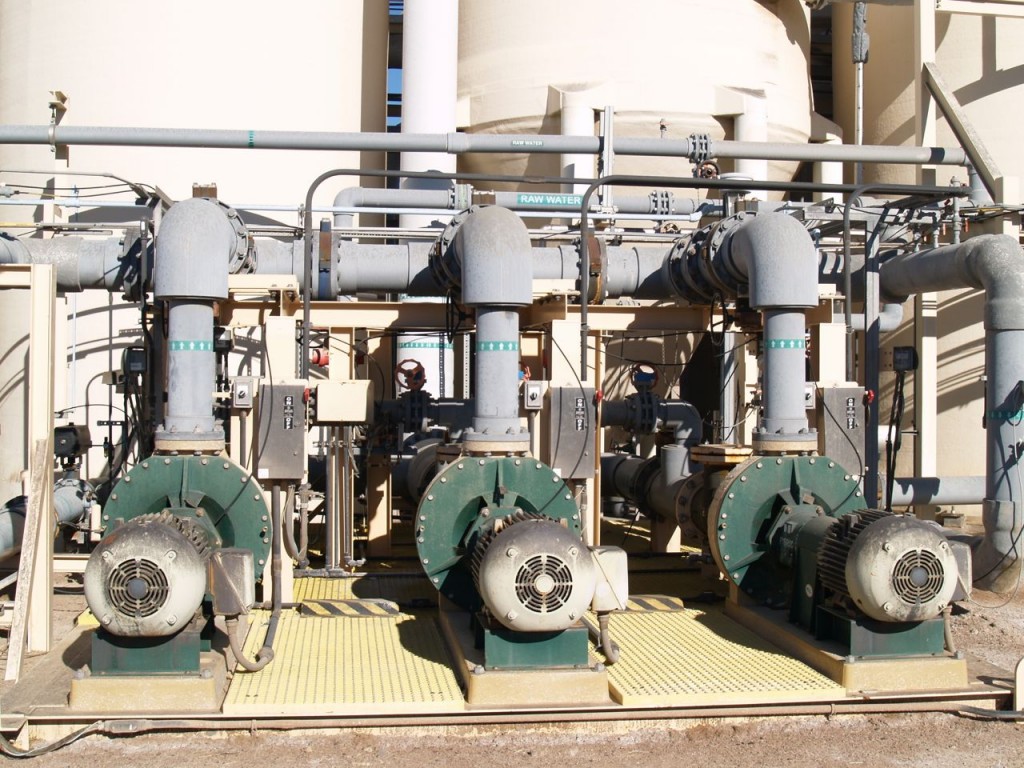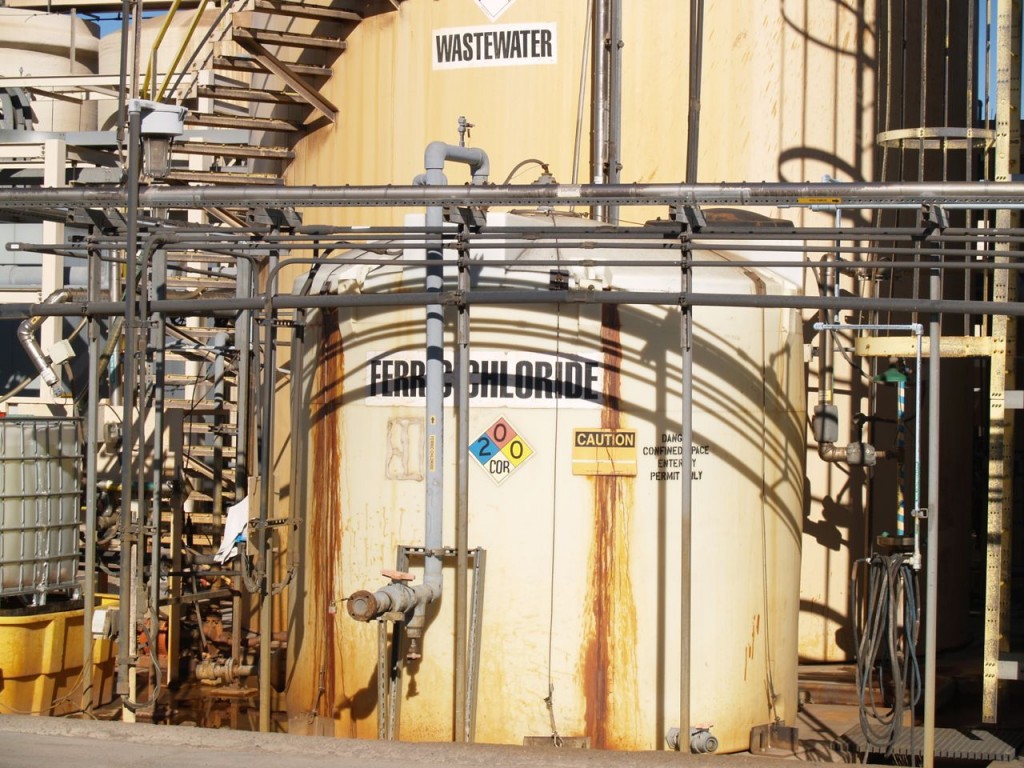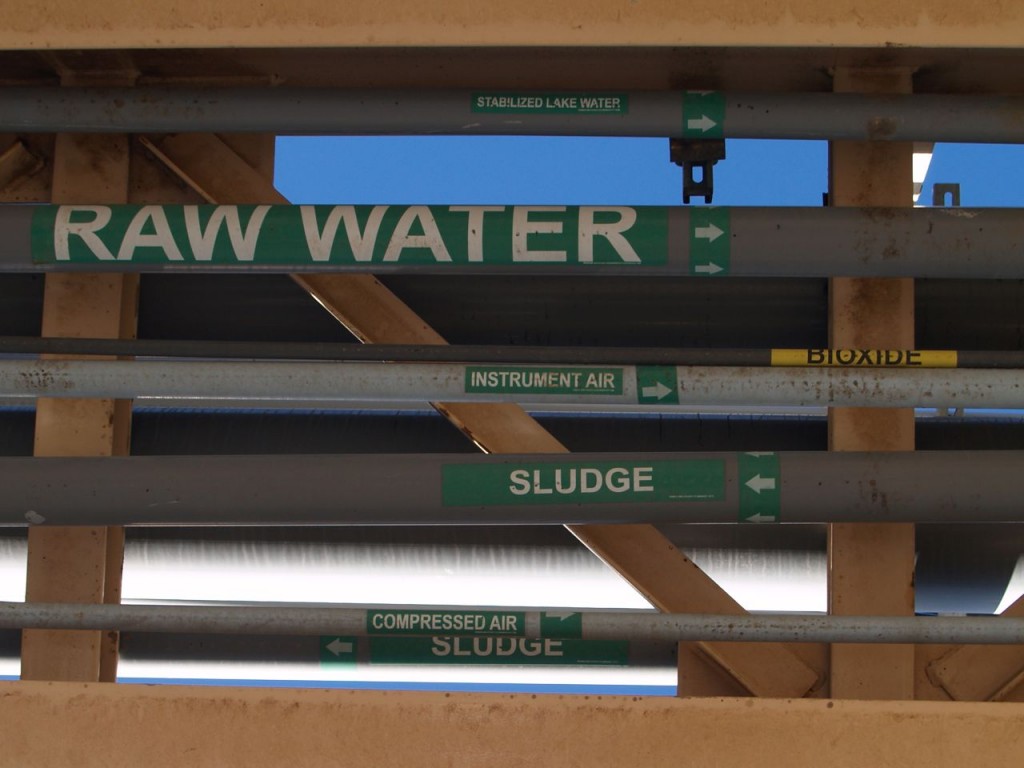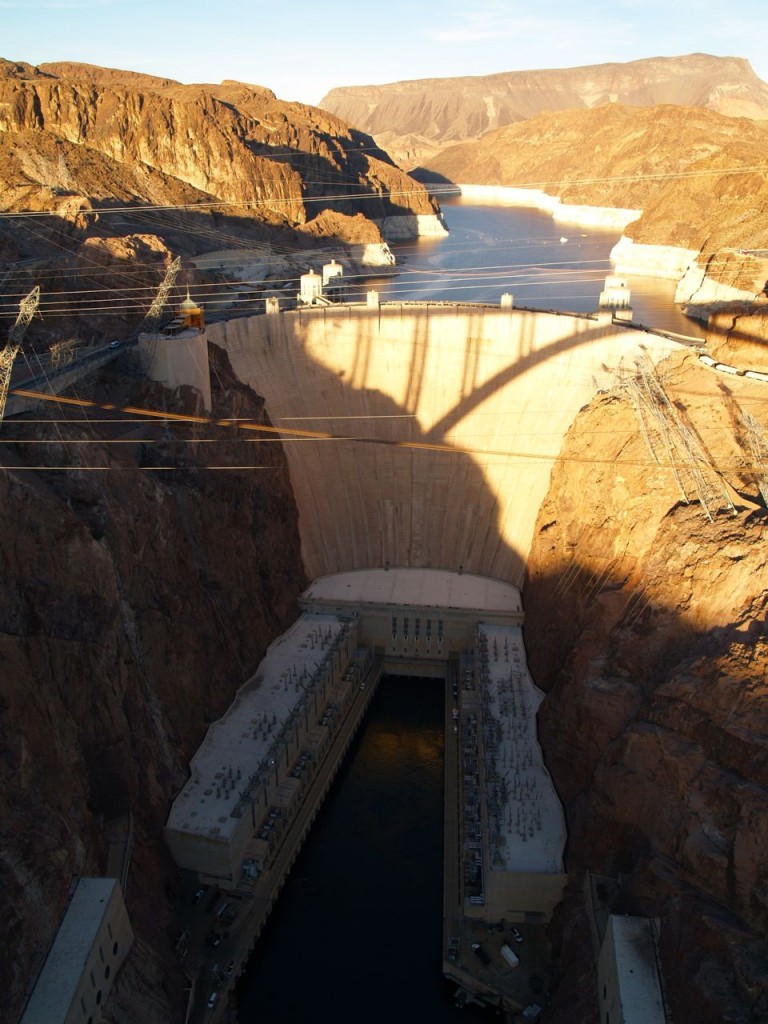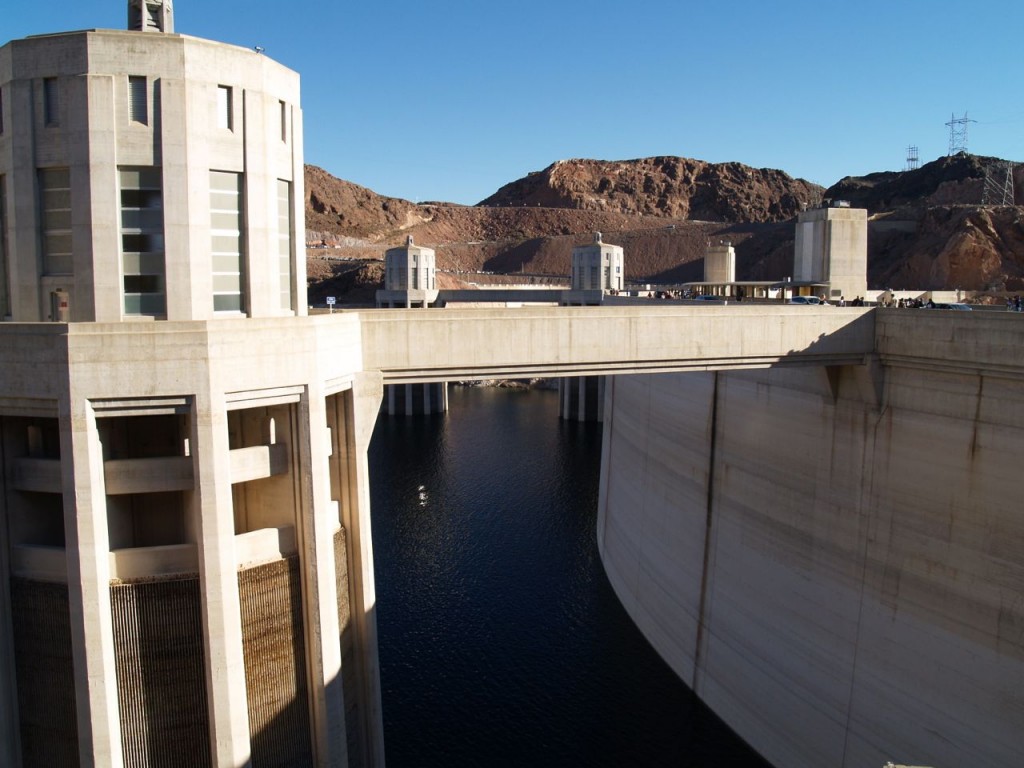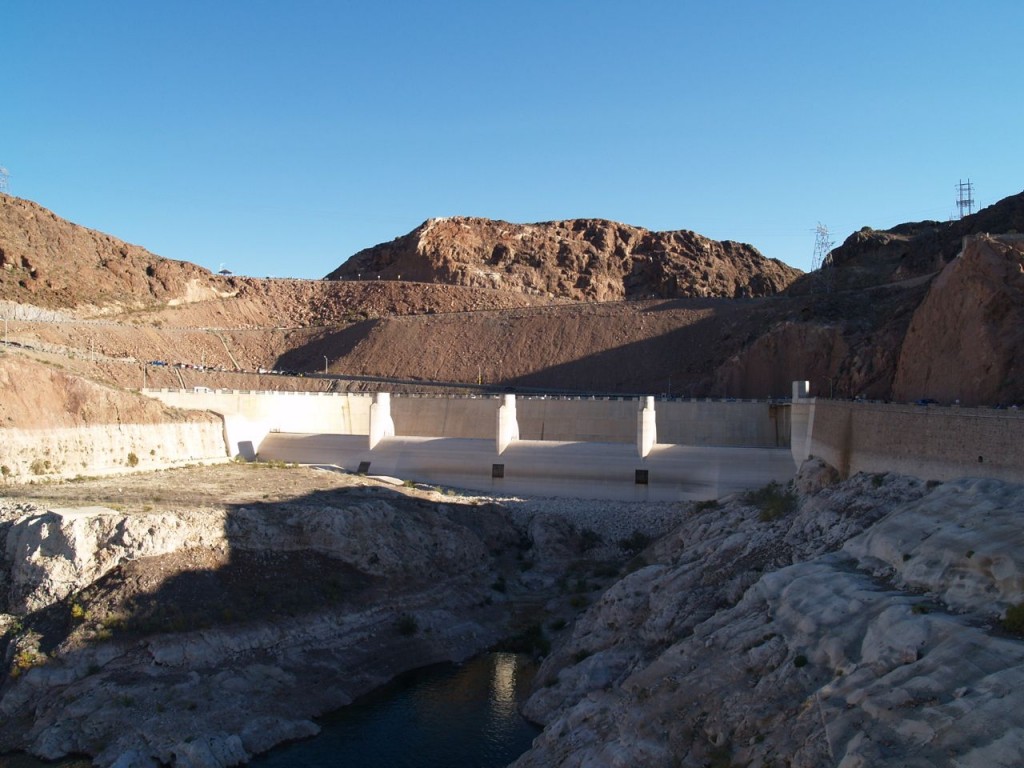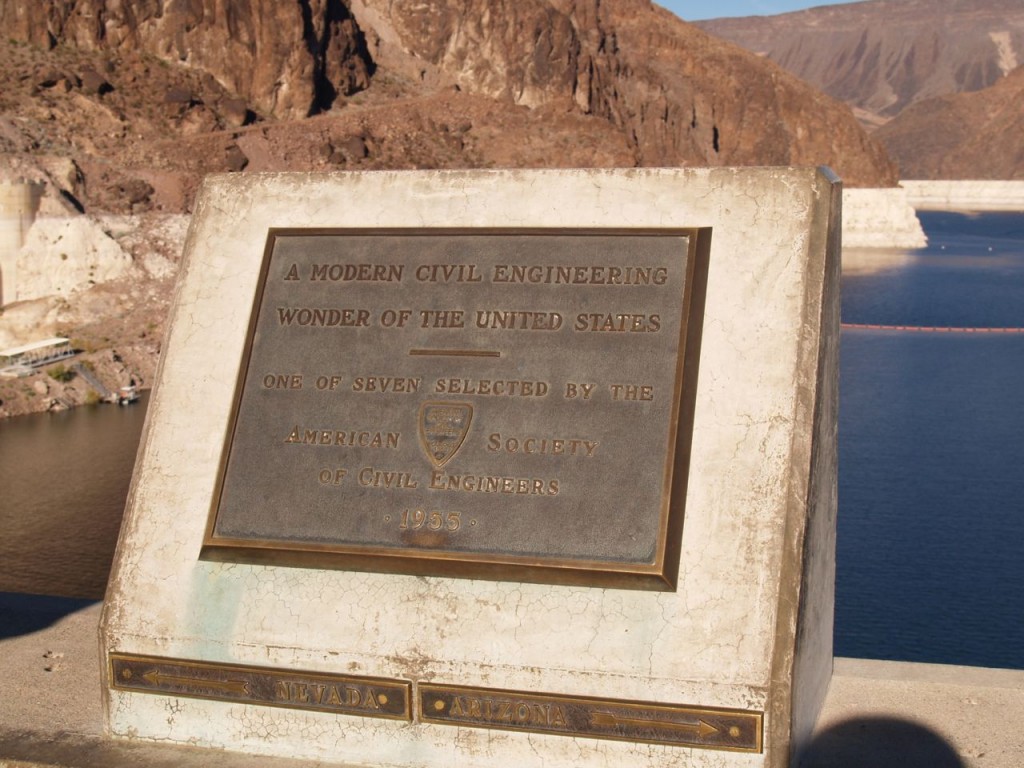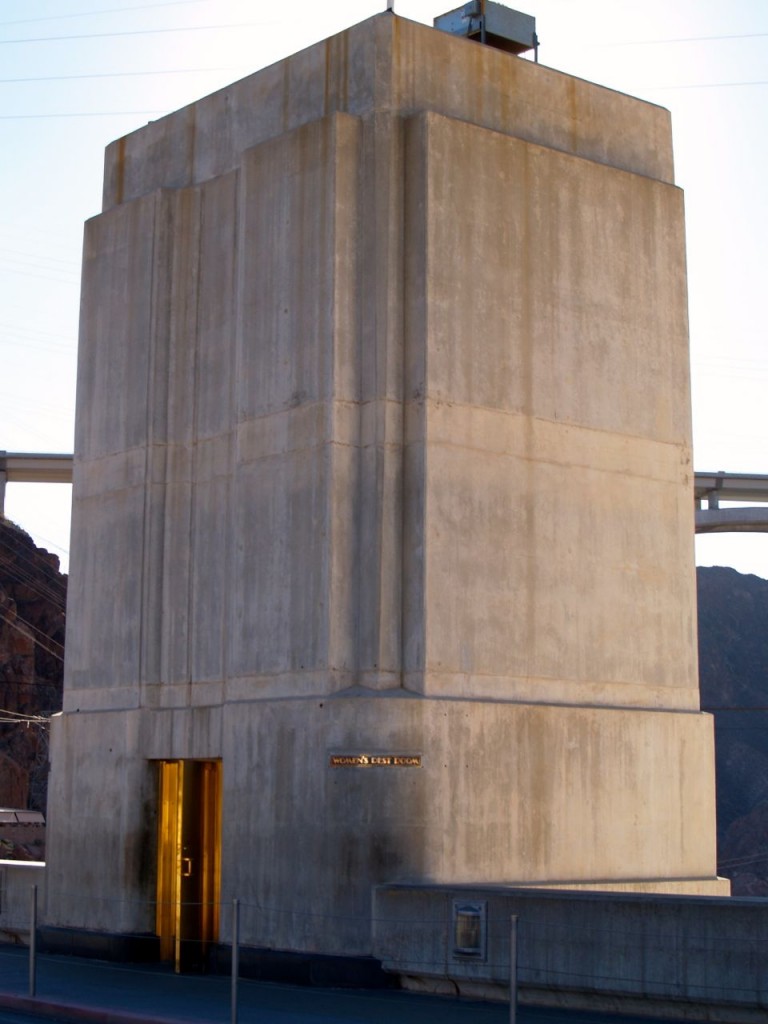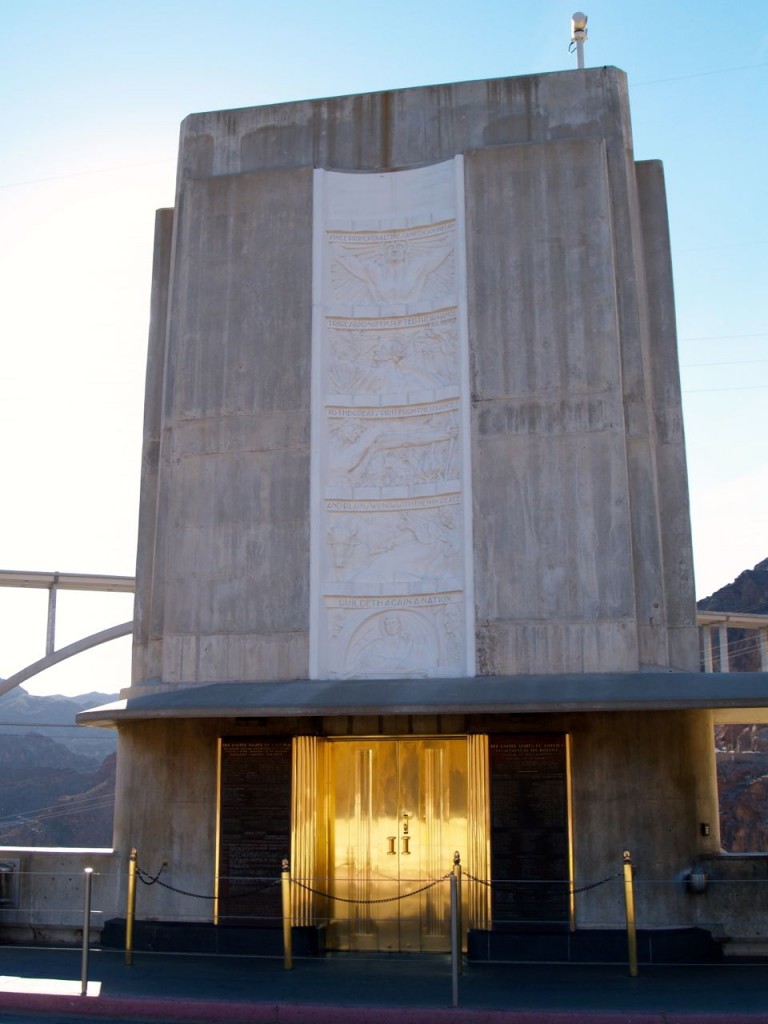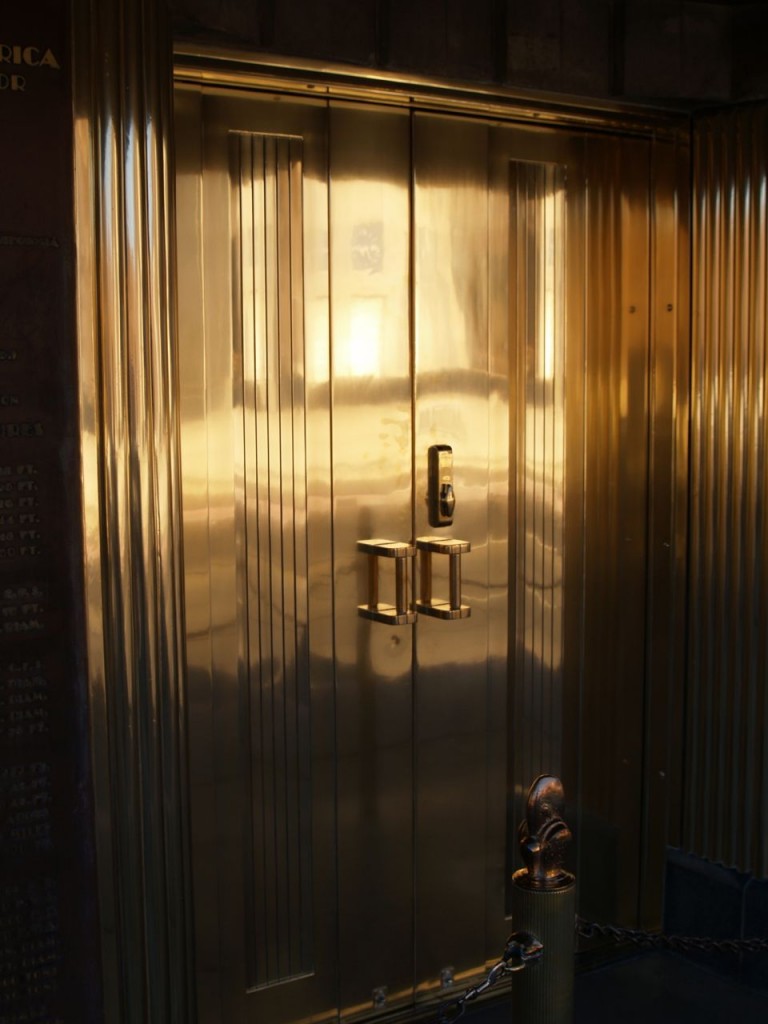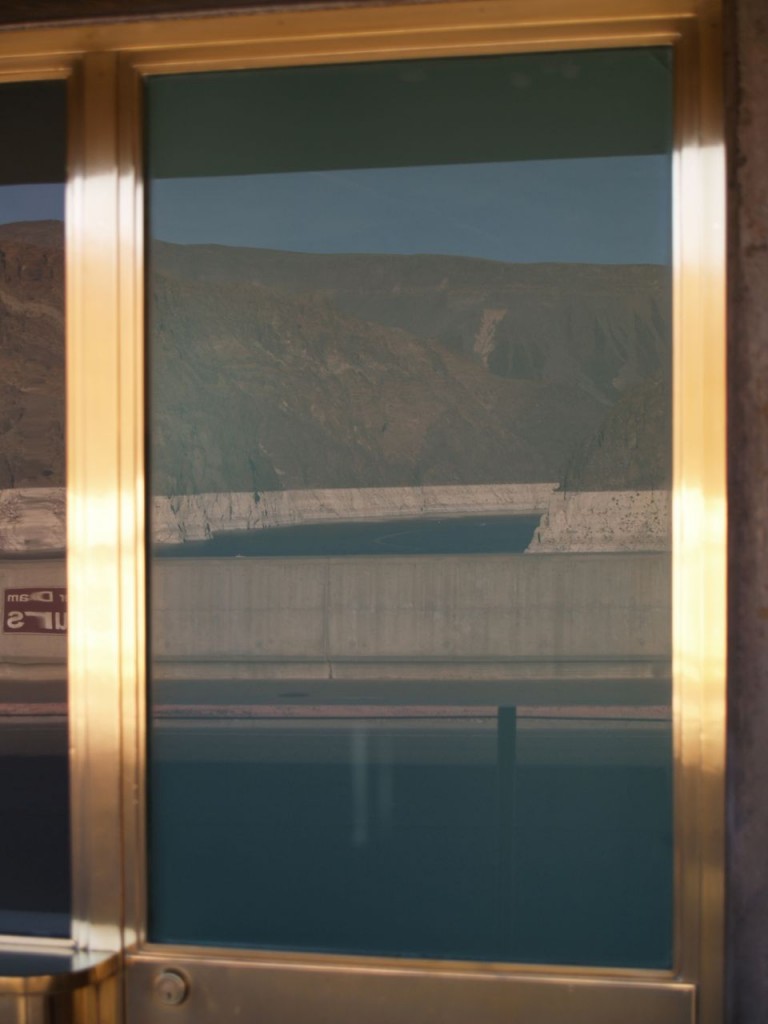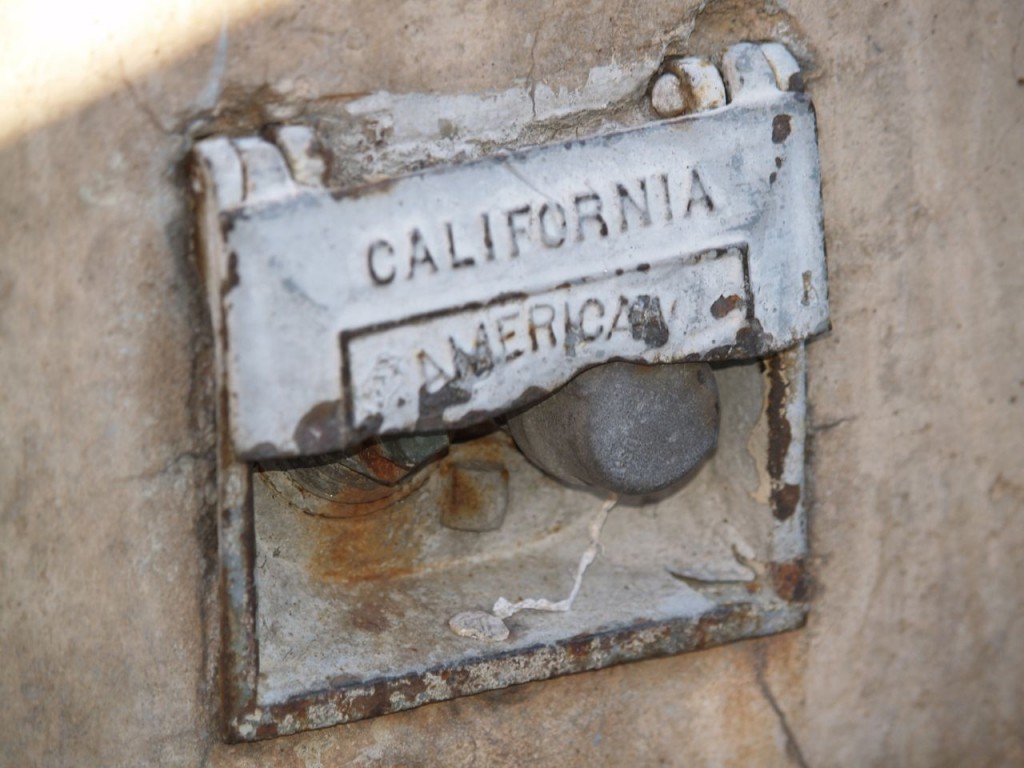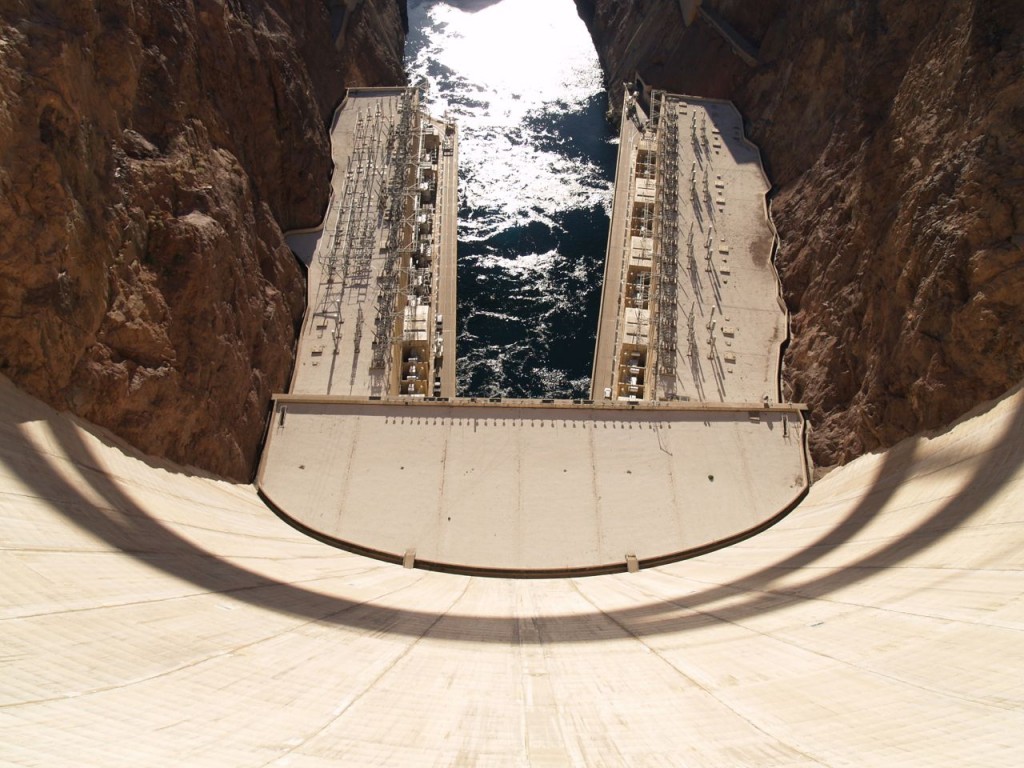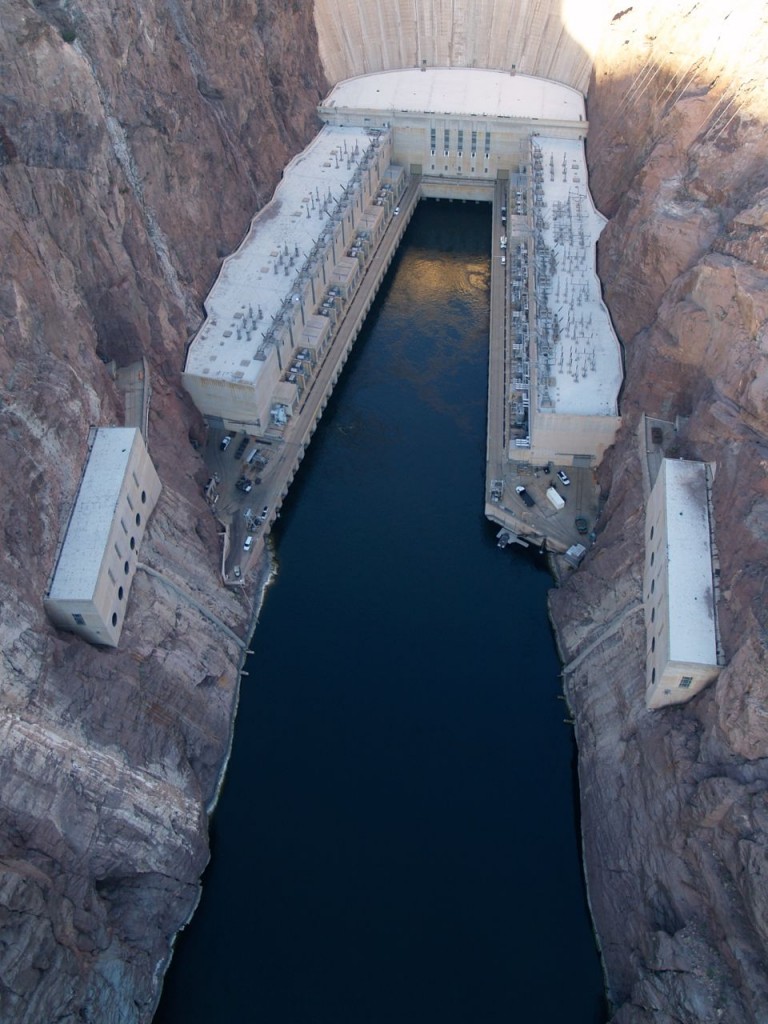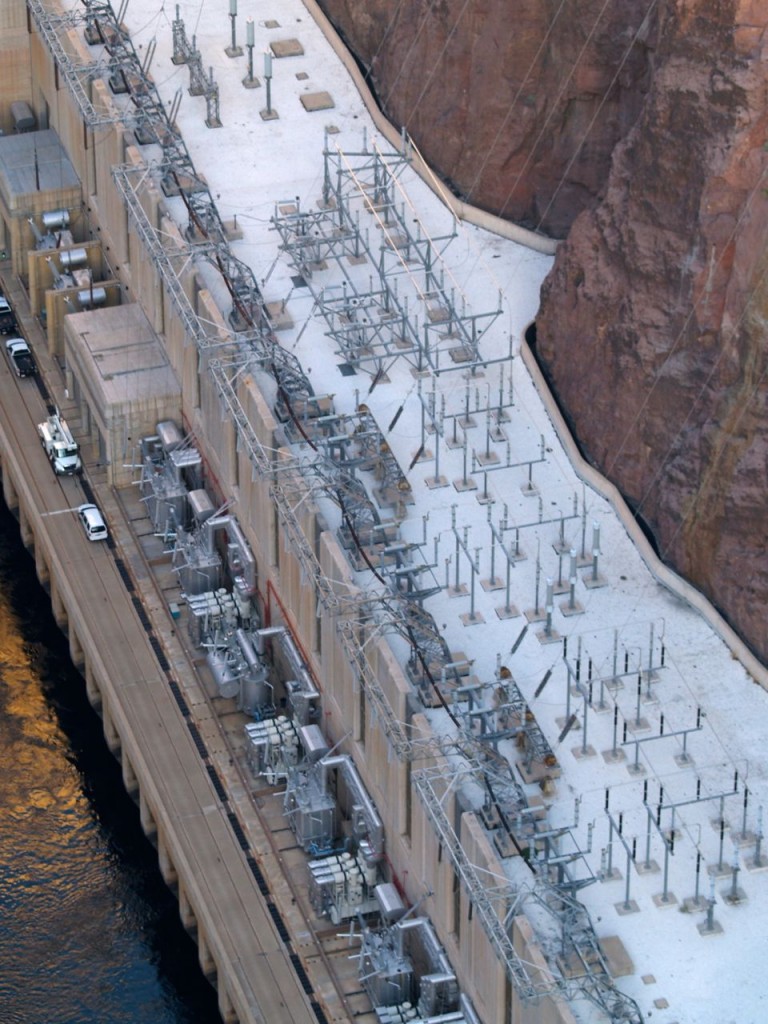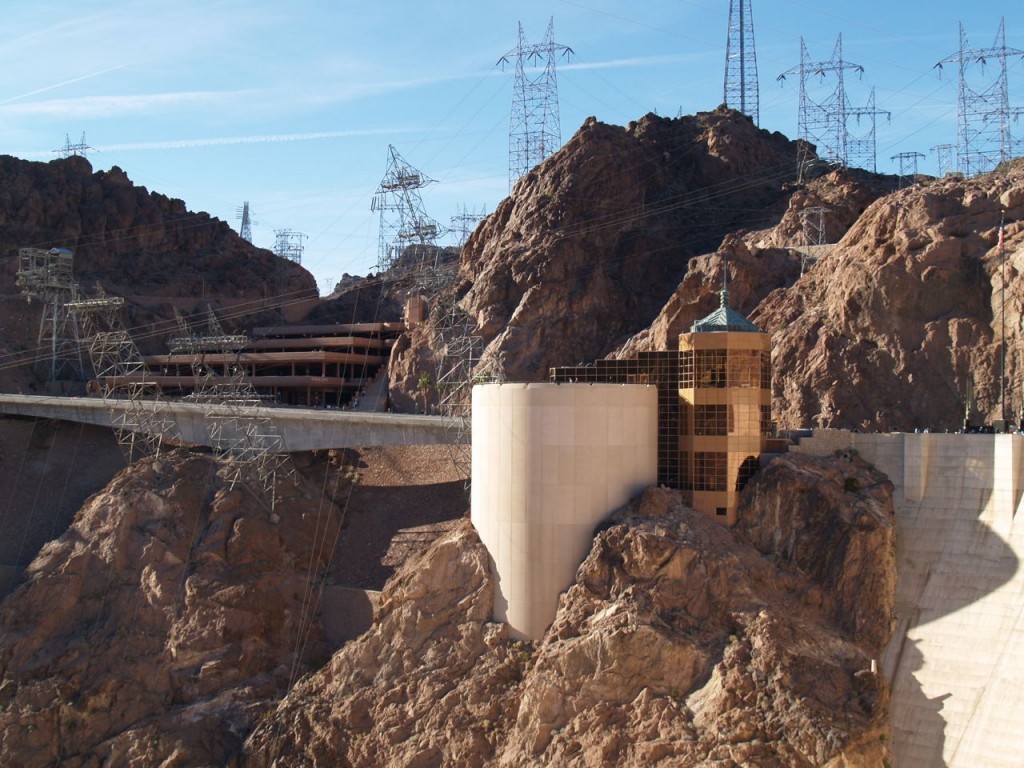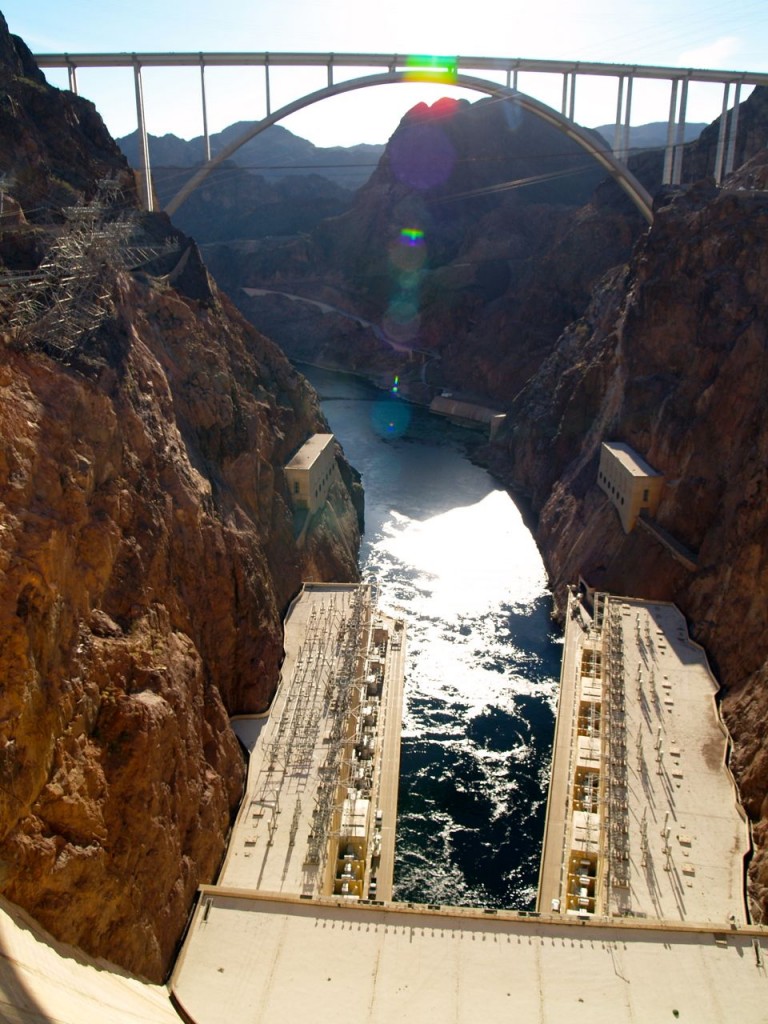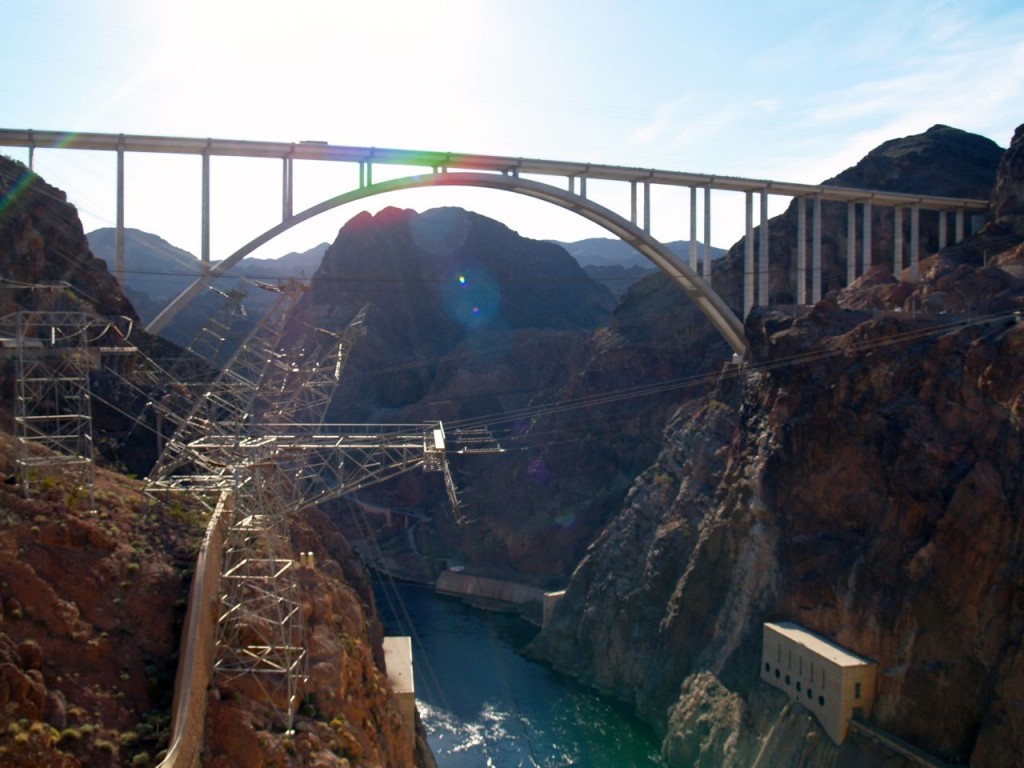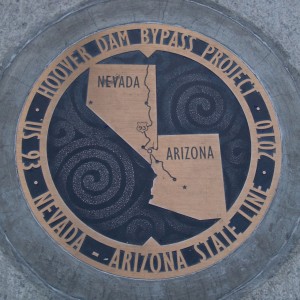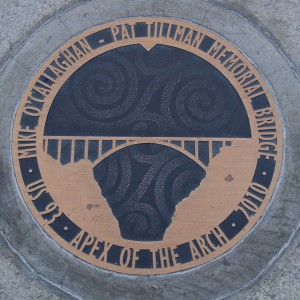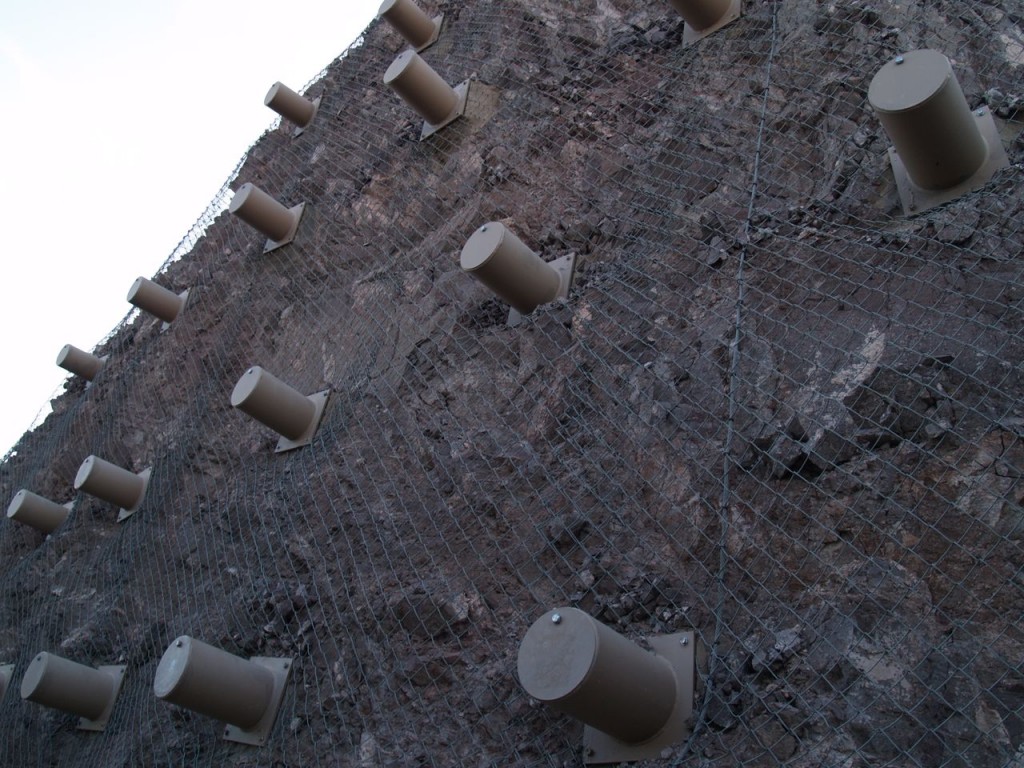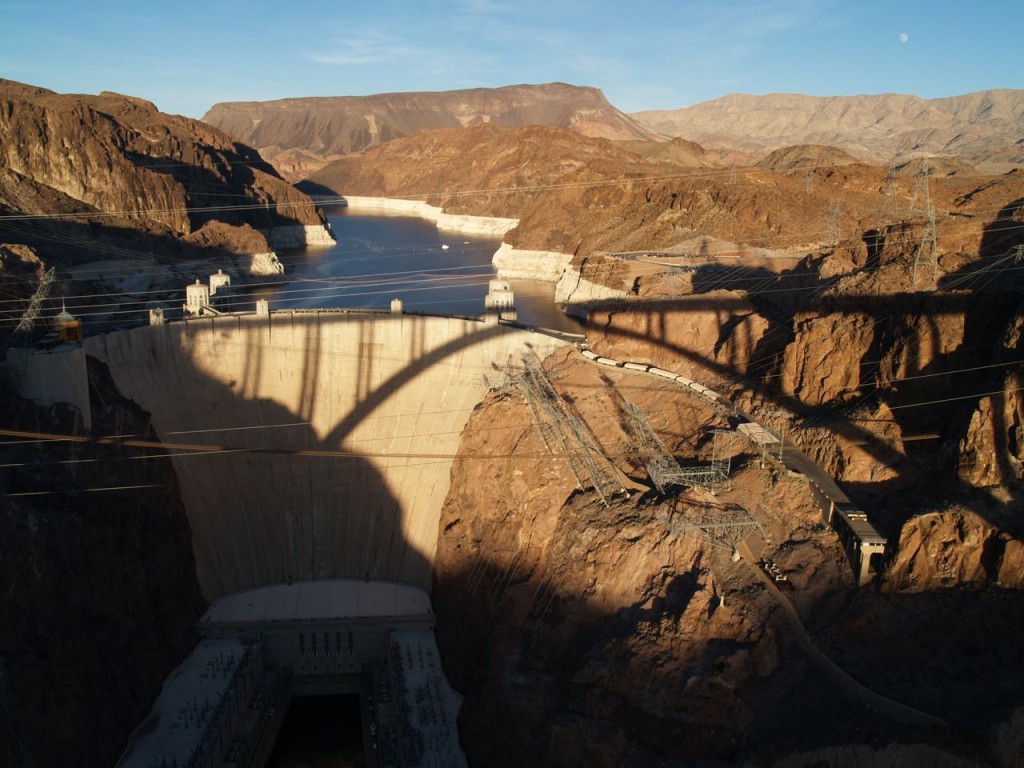I took a two hour cruise around the waterways of Chincoteague Island and Assateague Island today with Chincoteague Cruises and Nature Tours. It was a lovely day for a cruise, and I thoroughly enjoyed myself. Unfortunately we didn’t find any dolphins, but we did see some birds, Chincoteague ponies, horseshoe crabs, and jellyfish. We saw lots and lots of jellyfish in fact, such that I would never swim in the area where we cruised. The area is just beautiful, and the beauty becomes more clear when you can get away from all the tourists.
Tag Archives: water
Louisiana Welcome Station
My recent trip to Louisiana included stopping at the Louisiana welcome station on I-10 at the border with Texas. Like most parts of southern Louisiana, it sits near a swamp and wetlands. It has a nice little trail through part of this swamp, which if you have ever driven on I-10 is a welcome diversion. Below are some photos of my visit there. 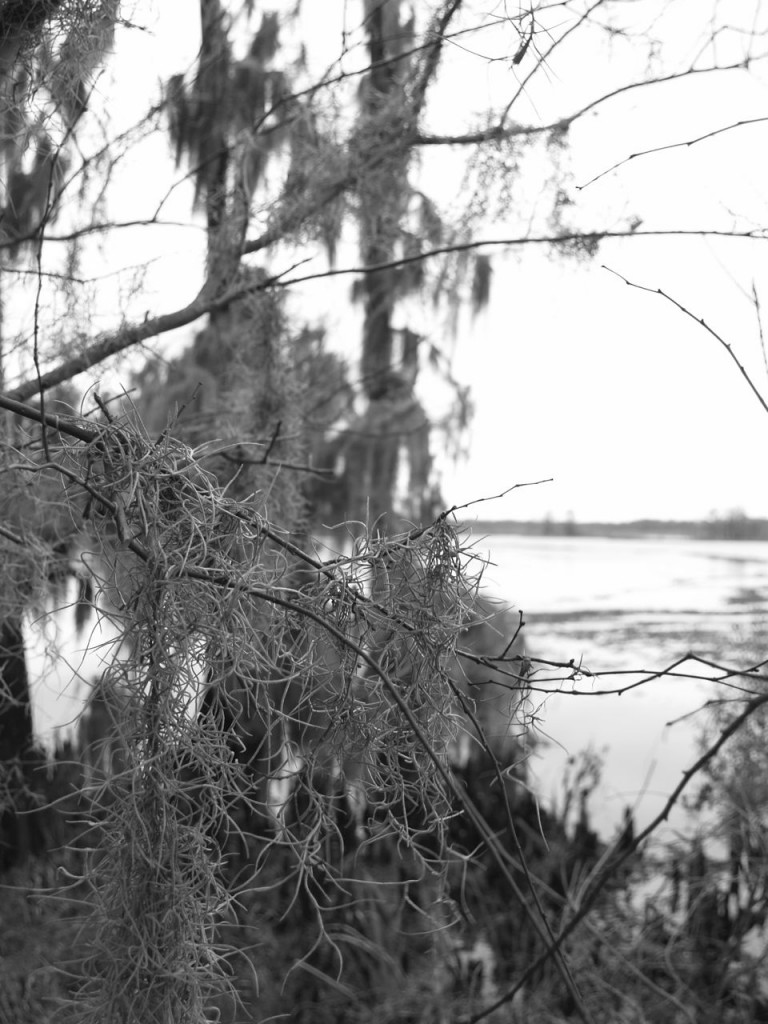
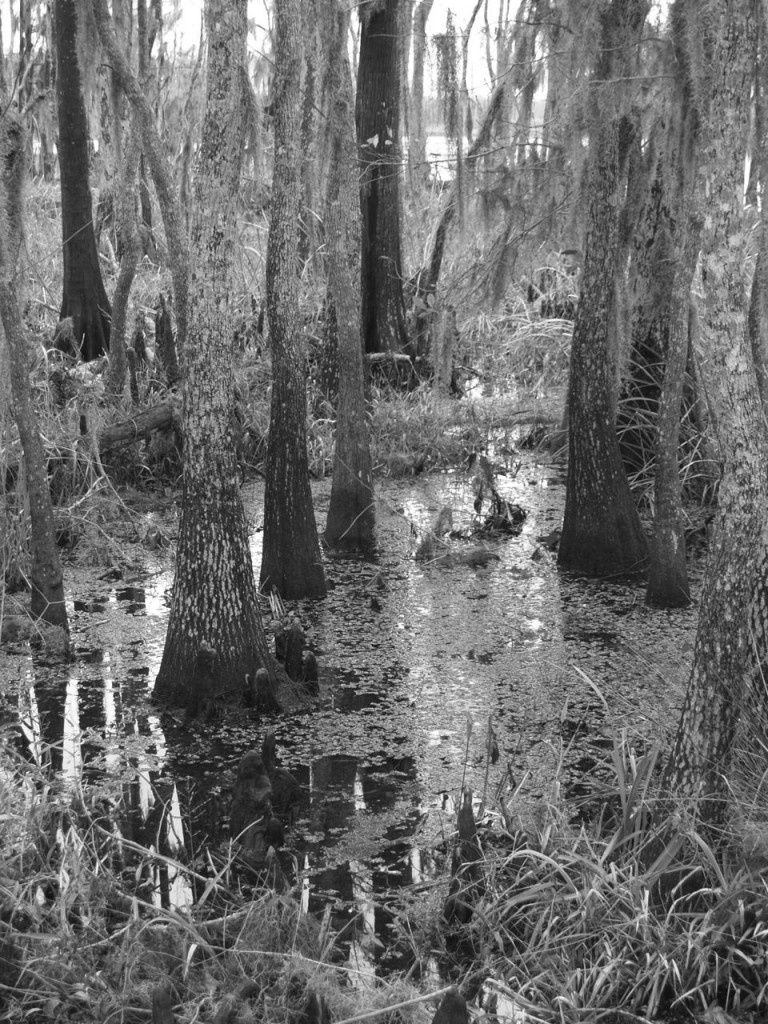
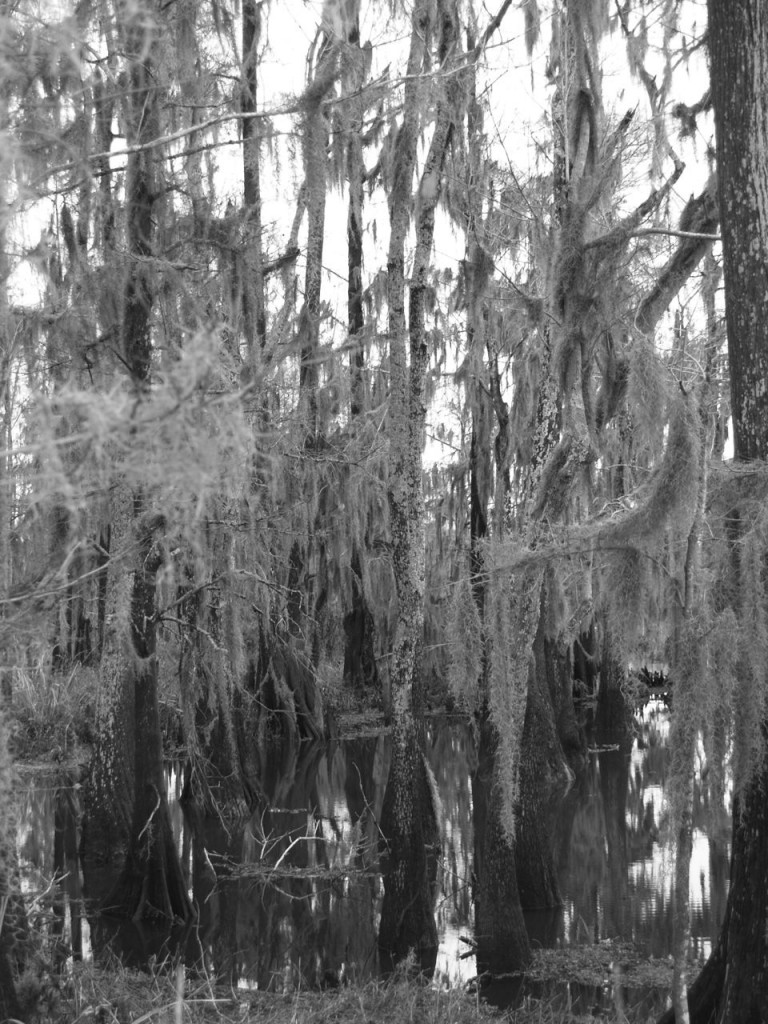

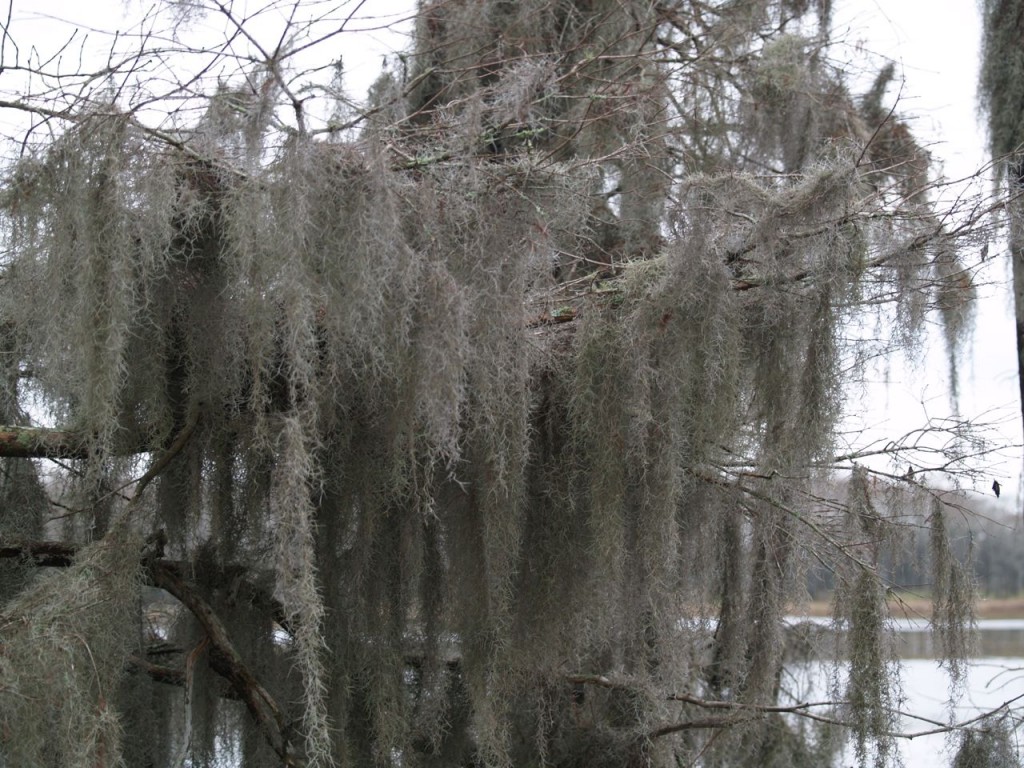
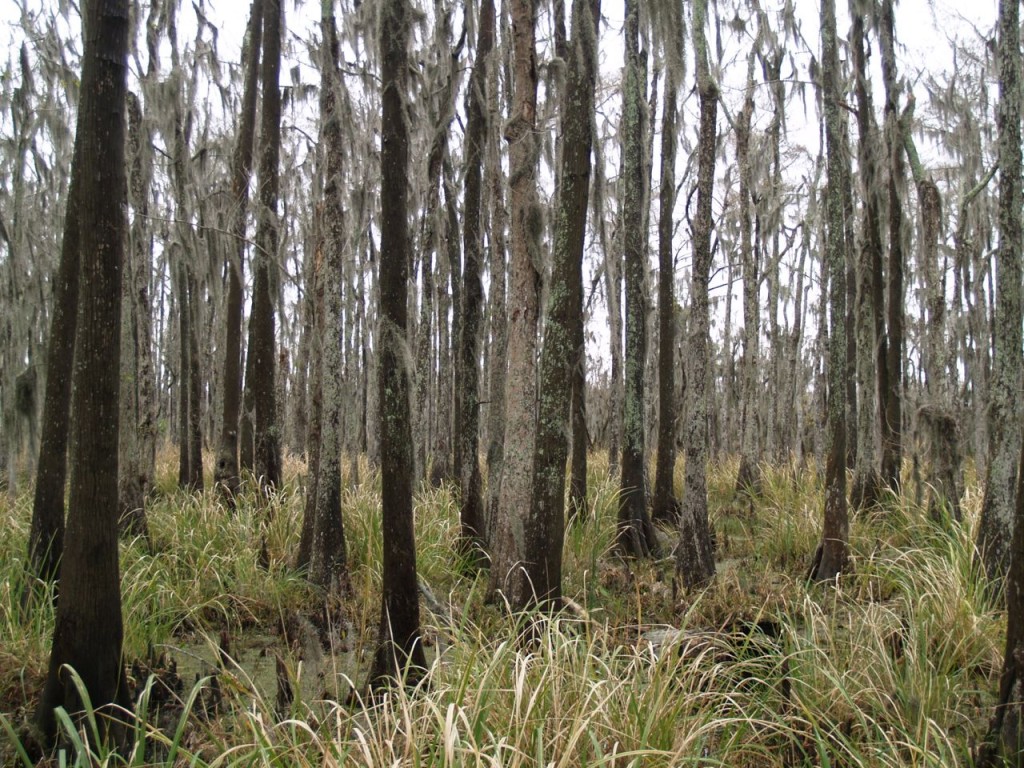
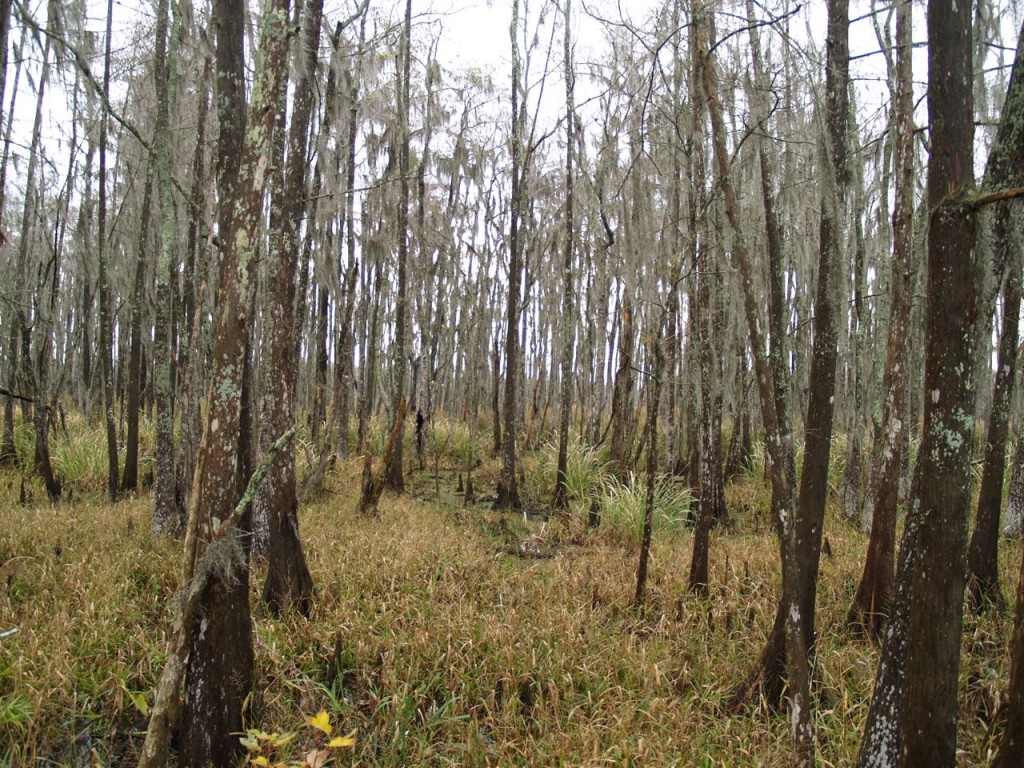
Barataria Preserve
Barataria Preserve in southeastern Louisiana is part of Jean Lafitte National Historic Park and Preserve. It is a beautiful area that includes bayous, swamps, marshes, and forests. Below are some of my photos from a recent trip there.
Flight from Las Vegas
The flight path between Las Vegas and southeastern airports such as Dallas passes over some really pretty terrain and landmarks. Flying into Las Vegas I was lucky enough to get some really good photos of the Grand Canyon. For several reasons, on the flight leaving Las Vegas, I did not as good photos of the Grand Canyon, but I did get a few interesting photos. Immediately after taking off, I got some neat photos of the Las Vegas Strip.
Then the Hoover Dam.
This is part of Lake Mead. I am fairly sure it is part of what is called the Grand Wash Bay.
Then a few photos of the Grand Canyon.
Finally this canyon that is east of the Grand Canyon, and I am not sure if it is technically part of the Grand Canyon.
Las Vegas Wash Wildlife
Previously I posted photos of the scenery along the Las Vegas Wash. The Las Vegas Wash attracts a lot of wildlife, particularly birds, because it is an important source of water. Below are photos of some of the wildlife I saw on it.
First the small wildlife. A pretty lady bug.
I have no idea what this is.
A spider.
There was a lot of birds. Bunches of American coots.
I think these are male Gambel’s quail.
I think this is a Gambel’s quail and a Crissal thrasher (its curved bill is more evident in another photo).
Black phoebe
Male northern flicker
The following three photos are of the same bird. I think it is a juvenile northern harrier, but I would really like someone to confirm that or tell me what it is.
Of course what body of water would be complete without fish. This fish had lovely orange lips.
Las Vegas Wash
I don’t know about anyone else, but when I think of Las Vegas, I think of the Strip, casinos, shows, and desert. The only wildlife I think of is that of the human variety, generally in an inebriated form. Thus, on my recent trip to Las Vegas, I was surprised to learn about the Las Vegas Wash. It is the lowest part of the valley in which the Las Vegas metropolitan area sits. All storm water and urban runoff in the area drains to it, and it eventually drains to Lake Mead. The Wash has been increasingly eroded due to the increased flow into it from the increased Las Vegas metropolitan area urban runoff. In the past decade or so, the LVWCC has constructed numerous structures to reduce erosion in the Wash and increase the wetlands in it. Structures such as this.
And this weir.
They have also been removing non-native plants and planting native plants. None of which I can identify in the photos below.
Plants that can amazingly grow in the desert that is Las Vegas.
All of this has created a very pretty area, which is really nice to hike along, assuming the weather is nice. It has some lovely views of the nearby mountains.
And beautiful sunsets.
In some places, it allows some nice views of the Las Vegas Strip.
Next time you are in Las Vegas, if you like the outdoors and want to get away from the Strip, I highly recommend checking the Las Vegas Wash out. In a later post, I will be posting photos of the wildlife I saw on it.
Industrial Waste Site Tour
I recently toured an industrial waste site where the groundwater underneath is being remediated for perchlorate contamination as well as other contaminates. Perchlorate can be naturally occurring, but in this case it is from historic rocket fuel and explosives manufacturing. The groundwater is being remediated partially through the use of bioremediation (i.e. microbes).
Lots of chemicals on site for the remediation, like ferrous sulfate.
Hydrogen peroxide
Nutrient for the microbes.
Lots of nutrients for the microbes
The label on this container notes the dangers of the concentrated phosphoric acid, which it contains. It also notes that there is a $800 deposit on the container, so you definitely want to remember to return the container.
The main part of the site is a series of fluidized bed reaction tanks.
With centrifugal pumps to keep the fluids moving.
More chemical storage tanks
At industrial plants, pipes always need to be labeled.
The first two mailboxes are labeled “PAP Sample to Lab,” and the second two are labeled “Clean Bottle Return.” I actually have doubts that these are really being used for pick up of samples to go to the lab. In general, samples need to be refrigerated once taken, and they should not be left in a metal box to bake in the hot sun.
Finally, always remember to drive slowly
Hoover Dam and Bypass Bridge
On my recent trip to Las Vegas, I made a trip out to Hoover Dam. As an engineer, I have an irresistible urge to visit important engineering landmarks. However, I don’t think you have to be an engineer to realize what a marvel the Hoover Dam is. Too many hardworking men died building it (one is too many though), and it has caused ecological problems by altering the flow of the Colorado River. However from an engineering stand point, it is an absolute marvel. The new bypass bridge next to it, more formally known as the Mike O’Callaghan – Pat Tillman Memorial Bridge, is in my opinion also a marvel and beautiful in its design. Part of the reason I consider both the dam and bridge to be marvels is where they were built, across the very steep, deep canyon of the Colorado River. The Hoover Dam was built with some really nice details that I have to wonder if most visitors appreciate or even notice. It was not just built as a plain hunk of concrete, especially on top where visitors walk. The bypass bridge was also built with some nice details, including many education plaques explaining how the bridge was built and why.
On a basic level, the Hoover Dam is a large block on concrete, carefully poured to hold back the Colorado River, and its adjoining power plant.
Actually, it is not a large block of concrete. It is a massive structure of carefully and individually poured blocks of concrete that form one connected structure.
It has its four connected intake towers to bring the water to the power plant. The intake towers were nicely designed in an art deco style.
Lake Mead water level has been dropping, so currently the Arizona overflow spillway is entirely out of the water.
A plaque on the dam marks the state line between Nevada and Arizona and notes that the American Society of Civil Engineers has selected the Hoover Dam as one of seven modern civil engineering wonders.
On top of the dam are restrooms. Here is the women’s restroom which has quite the entrance.
Here is the floor of the women’s restroom. Presumably the men’s restroom has a nice one too, but I wouldn’t know.
The designers really liked brass doors. I am not sure where this brass door leads since you can longer enter the dam the way the way you could when it was originally built.
If you stand in front of the door at the right angle, at the right time of day, with the right sunlight, you can see the intake tower on the other side of the dam reflected in the door. Look near the top of the door, and you can see the reflection of the blue clock near the top of the intake tower.
An upclose photo of the post top in front of the door in the above photo. They put brass prickly pear cactuses on top of the posts. I love that level of detail.
In the reflection of this door’s window, you can see Lake Mead.
I don’t actually know what this is, but it is on top of the dam. I thought it was kind of interesting, and also it has the name of another state besides Nevada and Arizona on top of the dam.
At the bottom of the dam, of course, is its power plant. Below, as seen from dam.
The view from the bridge of the power plant.
The power plant requires a jungle of transmission lines.
The relatively new visitor’s center, new compared to the dam, was also built in a ridiculous position on the shear canyon walls.
The bypass bridge sits high above the power plant.
It gracefully crosses the canyon.
The pedestrian walkway of the bridge has nice markers to denote the state line and apex of the bridge, which are in two different spots.
The path to the bridge passes through a rock cut where each side is lined with rock stabilization bolts, which I personally think are really cool looking.
Finally, one last look at the Hoover Dam with the shadow of the bridge across it, and the moon rising in the sky.
Empathy for Technophobes
I was in a discussion recently about bovine spongiform encephalopathy (BSE) otherwise known as mad cow disease. The important background of it and why I am mentioning it, is that dairy cows need protein supplements because of how much milk they produce. In North America, the protein supplements were mainly in the form of soy, but in the United Kingdom, the supplements came mainly from rendered animal parts. These animal parts included other cows. I can remember when BSE first became a huge news item, and the practice of feeding cattle rendered animal parts came to light, I was disgusted like I imagine many people were. Part of my disgust was my questioning why would you take a herbivore, and not only turn it into a carnivore, but also a cannibal? Leaving aside the point that BSE showed that this practice had serious risks, there is a more basic question I have to ask myself, which is protein is protein, so does it matter where it came from? In this case, of course, the answer is yes. On a molecular level, amino acids like lysine and tryptophan, are the same no matter where they come from. However, the proteins and other compounds in soy differ quite a bit from the proteins and other compounds in rendered animal parts. Also, in the case of BSE, it is the shape of the proteins in animal parts that was really important. Thus in this case, it really does matter where the protein is coming from.
The turning a cow into a cannibal is still a bit of a different issue. The idea in general just seems wrong and repulsive to me. It is not natural. I think that reaction I have is somewhat common, and it has implications for how people react to certain technology. Humans are naturally repulsed and scared of certain things, and this has for the most part served us well through history. Humans in general, are repulsed by human excrement. We all urinate and defecate, but once we do, we all want the urine and feces to go away, never to be seen again. This is not a bad reaction in that, feces can have multitudes of infectious agents in it, so having it go away is a good thing. I am speaking personally to a only certain extent though. I have worked in wastewater treatment design, I have sampled at a wastewater treatment plant, and I spent several years collecting and analyzing other people’s urine for my dissertation research. I am kind of fascinated by human excrement and the information it can provide about the health of an individual. That being said, I would never touch it with my bare hands.
Humans’ natural repulsion to their own excrement causes an interesting reaction to its treatment. In urban and suburban areas, wastewater is collected, treated, and then normally discharged to some body of water such as a river, lake, or the sea. What many people don’t seem to realize, is that if the wastewater is discharged to a river or lake, then there is a very good chance, it will flow some distance and then be collected and pumped to a water treatment plant where it will then be treated and become the water supply for some other municipality. Due to the scarcity of water in many areas, some municipalities are starting to take some of their wastewater effluent and reuse it for purposes where potable water (drinking water quality) is not needed, like watering golf courses. There are normally some differences in the treatment of water to be reused than water to be discharged, but not a great deal. Once water is discharged to a river or lake, the only real, further treatment that occurs to it is dilution. Depending on the water to which it is discharged, it can be diluted by a factor as low as three (and possibly lower in a drought) or as high as 1000. A certain amount of biodegradation and other treatment may occur after discharge, but sometimes the water source into which it is discharged, can be polluted in its own way. However, the wastewater once put into a water source, does not become magically clean. Also, the amount the wastewater is treated before being discharged is based on regulations and also money and design. Regulations require it to be cleaned to a certain level. The technology exists to clean wastewater enough to turn it back into drinking water. It is not that difficult. It just requires the plant to be designed to do that, and extra costs, both in capital costs and operating costs. Years ago, a colleague once told me of a wastewater treatment plant that was designed to do just that. The wastewater was cleaned enough to meet drinking water standards. It was designed for a municipality with constant water shortages and thus needed to recycle water. However, the municipality required the water to discharge into a lake before it was then used as drinking water. By requiring this, the water actually became dirtier and picked up contaminants while in this lake. The municipality required this purely for the ick factor. They did not think the public would drink water that came straight from a wastewater treatment plant. The municipality was worried people would have the reaction of being disgusted to drink treated wastewater. This is a somewhat normal and understandable reaction, but it is completely ignorant of the treatment process nonetheless. It should be noted that even highly educated people suffer from the ick factor. Mary Roach in her wonderful book “Packing for Mars” describe how astronauts are not completely enthusiastic about recycling urine to drink.
There is a good chance that even if you educate people about the treatment process, some people would still not be able to get over the ick factor. I, at least, can’t really blame them. It really is natural to be repulsed. I’ve seen discussions among scientists that I am afraid sometimes almost borders on contempt for the ignorance of people who are scared of certain technologies. If people were educated about certain technologies, many would accept the technologies, but many still wouldn’t. Genetically modified organisms (GMOs) are an example of this. I fully admit I have a problem with some GMOs but not all. I have a serious issue with plants that have been modified to produce Bt toxin, but my issue with this is not about the plants ability to produce the toxin, but the effect it might have on organic plants, which many times are treated with Bt toxin to kill insects. I like organic foods for a multitude of reasons that I won’t go into here, but I don’t think there has been enough research or even concern about how GM plants that produce Bt toxin might have on organic plants. I also have an issue with GM plants that have been modified to be resistant to herbicides, but again I don’t actually have an issue with the actual genetic modification. I have a problem with the fact that this allows greater use of herbicides, and the effect this can have on the ecosystem and also the effect this can have on the workers who work with the herbicide. Conversely, I don’t like certain GM animals such as GloFish, and I would put this into the category of just because we can do something, doesn’t mean we should. Perhaps it is ignorance and the ick factor. I’m not scared of them. I just think sometimes humans do things that perhaps we shouldn’t. Sometimes, it really isn’t nice to play with Mother Nature.
I have discussed my issues with GMOs to a certain extent with a person I know who works on GMOs. She is constantly fighting ignorance and fear about GM foods. We have discussed a little the issue of labeling GM foods. I support the labeling of GM foods, and she has stated it is not that simple. I don’t have all the facts, but I think part of this has to do as to where “traditional” plant hybridization and breeding end and where does genetic modification start. The problem is that when GM foods are not labeled, it gives people who don’t like GM foods more ammunition to fight GM foods because they can say the public is being lied to and information withheld. I have heard the argument that if foods that include GMOs are labeled as such, then people won’t buy them out of ignorance. I don’t think this is a valid argument. That is a consumer’s right. Some people who oppose GMOs when educated about what GMOs are and are not, will probably start to accept them, and other will never accept them. However people must be free to make their own choices even if out of ignorance and fear. [I am leaving aside the issue of ignorance and fear leading to people making decisions that not only affect themselves but others, which is a whole other issue.] Further, taking the attitude that people don’t need to know certain things because they wouldn’t understand, is arrogant, and educated people must stop themselves from becoming arrogant. Educated people need to fight harder to educate others.
Nuclear power is another example of technology of which many people are scared. A large problem with nuclear power of course, is that it is a relatively safe technology, but if something goes wrong, it can really go wrong. Nuclear accidents are thankfully relatively rare, but they have the potential to affect a huge number of people as seen with the Chernobyl and Fukushima disasters. Considering how long nuclear power has been around, I think it is unlikely that some people will ever accept nuclear power even if fully educated about it. Nuclear power may also be one of the technologies where people think we are doing something we should not be, as in it it not natural. I am not sure, but I also think nuclear power suffers from an engineering problem. From my limited knowledge of both Chernobyl and Fukushima, both had design flaws, in that possible, known “what ifs” were not properly addressed in the design and construction. I learned recently of new nuclear power designs that would not have the risks associated with current nuclear power plants, like meltdowns. I am very excited to see if these designs will discussed and used in the coming years, but I worry that bad memories of old technologies will prevent people from accepting these new technologies.
People have a very long memory when new technology goes wrong. Scientists and engineers are really good about learning from when things go wrong. However, if when things go wrong, people, the environment, property, or something else is harmed, then not only do scientists and engineers have to learn how to improve the technology, but we also have to regain people’s trust. That can be an even more difficult process. Some people fear technology that they don’t understand. Also, when the previous technology had problems, and people don’t understand what has changed between technologies, it is going to very difficult for them to accept the newer technology. Then again, some people fear technology that they do understand. Perhaps the fear is due to the ick factor or the your-playing-God factor. I am empathize with this fear. Education can help to alleviate fear but not always. Sometimes fearing, distrusting, or not accepting a technology is not just an education issue. Sometimes it is a deep-seated, human instinct. Perhaps this is both good and bad. I think those of us who work with and on technology would be best served to remember that.

